CBAM Update: End of Default Values in October 2024 – Are You Prepared?

In the last quarters the importers have been able to use the default values approved by the European Commission. However, this relief is coming to its end. October is the month when the declarants must report the imports carried out in the third quarter using real emission data.
In this article, we will explain the necessary information that it has to be reported, as from third quarter 2024, as well as general information regarding CBAM system.
What is it CBAM?
The Carbon Border Adjustment Mechanism (CBAM) is an ambitious environmental regulation promoted by the European Commission. The main goal is the reduction of global emissions of greenhouse gas (GHS) during the production process of certain goods, such as iron/steel, cement, fertilizers, aluminum, hydrogen and electricity.
The purpose of the CBAM is to ensure a carbon equivalent pricing system for EU imports and products, which will be progressively implemented in 2 periods, each with specific obligations, the transitional period (from 01/10/2023 to 31/12/2025) regulated by Implementing Regulation (EU) 2023/1773 (hereinafter ‘RDE’) and the definitive period (01/01/2026).
In addition to seeking the reduction of global carbon emissions, the CBAM is intended to complement the scheme for greenhouse gas emission allowance trading within the Union established under Directive 2003/87/EC (hereinafter ‘ETS’) and to replace the current free allocation of allowances.
In this sense, the EU is trying to prevent carbon leakage caused by the relocation of industry outside Europe.
These regulations are applicable automatically and uniformly throughout the EU without the need for internal regulatory development and, given their technical and complex nature, require continuous study and evaluation.
The CBAM will have a tremendous impact in the industries affected by this new regulation. It would require a detailed review of the operational scheme and alternatives to mitigate the huge cost that could mean this new system in the forthcoming 10-12 years.
Goods included in the CBAM regulation
According to Article 2 of the Regulation, the products currently affected by the CBAM regulation are the following:
Iron/steel
Cement
Fertilizers
Aluminum
Hydrogen
Electricity
The list of tariff codes of goods concerned is listed in Annex I of the CBAM Regulation.
The list of affected industries and goods is expected to be extended after the transition period.
Formal obligations
The CBAM regulation establishes a certain formal obligation that the importers have to comply with. In particular:
Transitional period (01/10/2023 to 31/12/2025)
Register as a declarant for CBAM purposes.
Submit quarterly declarations.
Transitional period (As from 2026)
Be authorized as CBAM declarant.
Inclusion of the CBAM authorization in the Custom Declaration (SAD) at the moment of the importation of the goods.
Purchase CBAM certificates for the CO₂ emissions generated in the manufacture of the goods being imported (equivalent to the carbon price that would have been paid if these goods had been produced in accordance with EU carbon pricing rules);
Declare annually (by 31 May of the following year) the quantity of goods imported into the EU in the previous year and the quantity of greenhouse gasses (GHG) incorporated in the production process.
Deliver the corresponding number of CBAM certificates.
Carry out the corresponding verification process through an authorized certifier.
End of defaults values in the CBAM. What information should be reported as from 3Q 2024?
As previously commented, in the transitional period, the importers must comply with the corresponding obligation related to the submission of an informative declaration where the operators informed the quantity of the emissions generated in the manufacture of the goods imported.
The use of ‘default values’ were only possible for the quarterly CBAM reports until 31 July 2024 (Q2 2024) and starting the third quarter 2024 and until the end of the year 2024 emission information must be calculated by you using only one of the following methodologies:
The new methodology.
Reporting based on an equivalent method.
Annex IV of Regulation 2023/956 establishing a carbon border adjustment mechanism sets out the calculation methods for this purpose needed for the CBAM report to submit in October 2024.
The information required is:
Information on the production facility: Regarding the facilities where the production work takes place, it is necessary to inform:
Identification number of the production facility.
Name of the facility.
Contact details associated with the company and the facility (name, e-mail, address and telephone).
Emissions information: This section consists of the production method applied, the specific direct embedded emissions (tonnes CO2/Unit), the amount of energy used in the process and the CO2 emissions implicit in that energy consumption. Additionally, the information of the installation total emissions (direct and indirect in tonnes CO2) is necessary.
a) Direct emissions: expressed in tonnes.
b) Indirect emissions:
Type of reporting methodology, choosing one of the following options:
o Commission Rules.
o Other.
Electricity source: Indicate the energy used in the production process, choosing one of the following options:
o Direct connection to an electricity generator.
o (Bilateral) power purchase agreement.
o Received from the grid.
Electricity consumed: MWH / Unit.
Source used to calculate the emission factor for electricity, choosing one of the following options:
o Based on data from the IEA (International Energy Agency)
o Other methods, in which case the chosen method must be indicated.
Emission factor for electricity expressed in Tonnes CO2/MWh (If IEA is selected this data will be filled in automatically)
The key question: what to do if we have not the information?
Many importers are struggling to obtain the correct information in order to submit the CBAM reporters accordingly. This a critical situation since the data has to be collected from the suppliers.
However, the suppliers are not used to carry out this specific calculation for the goods manufactured and the information is not getting through the operators which should draft a plan b for the coming declaration which it is due in October.
The CBAM system is being built based on a good cooperation between the suppliers and the importers. A good and efficient communication between the parties is key to achieve the success of this new measure. Likewise, to avoid penalties.
The difficulties faced by operators are not unfamiliar to the EU. Therefore, in last update of the FAQs related to CBAM, it seems that the EU allows the use of the default values in those cases where the declarant is not able to receive the correct information. In any case, the report will be considered as incorrect or incomplete.
This is not a straightforward matter since the declarant has to prove that it has been taken all the actions to obtain actual emissions data from the suppliers. Likewise, it would be necessary to provide with the justify documentation where it is proven that the declarants have undertaken all reasonable efforts, as indicated in the question 74 of the FAQs.
At the end of the day, there will be no legal certainty for the operators which has to prove its due diligence.
CBAM is a new challenge that the companies have to face for the next decade.

Featured Insights
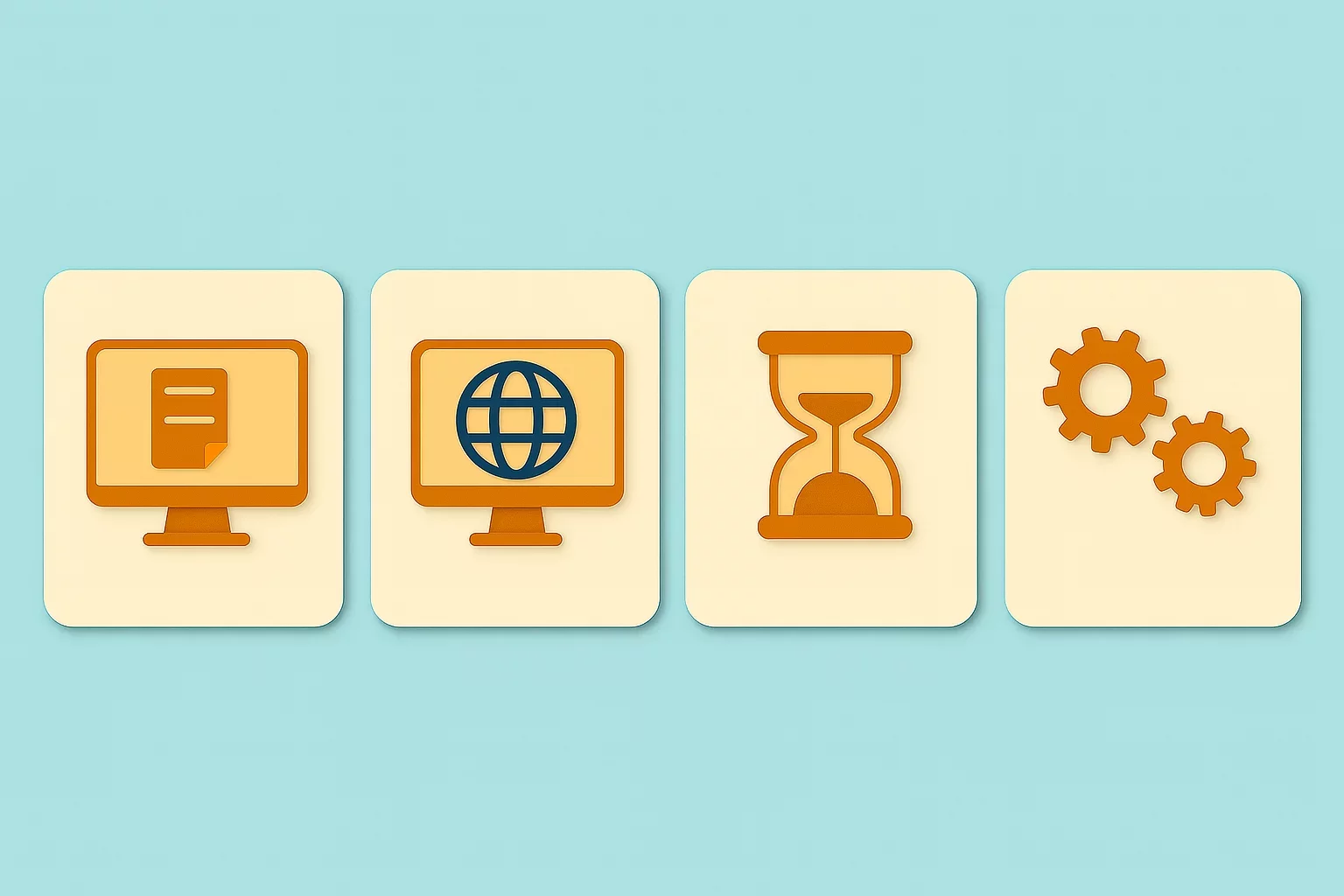
Angola’s E-Invoicing Mandate: Phased Implementation Continues Into 2026
🕝 December 10, 2025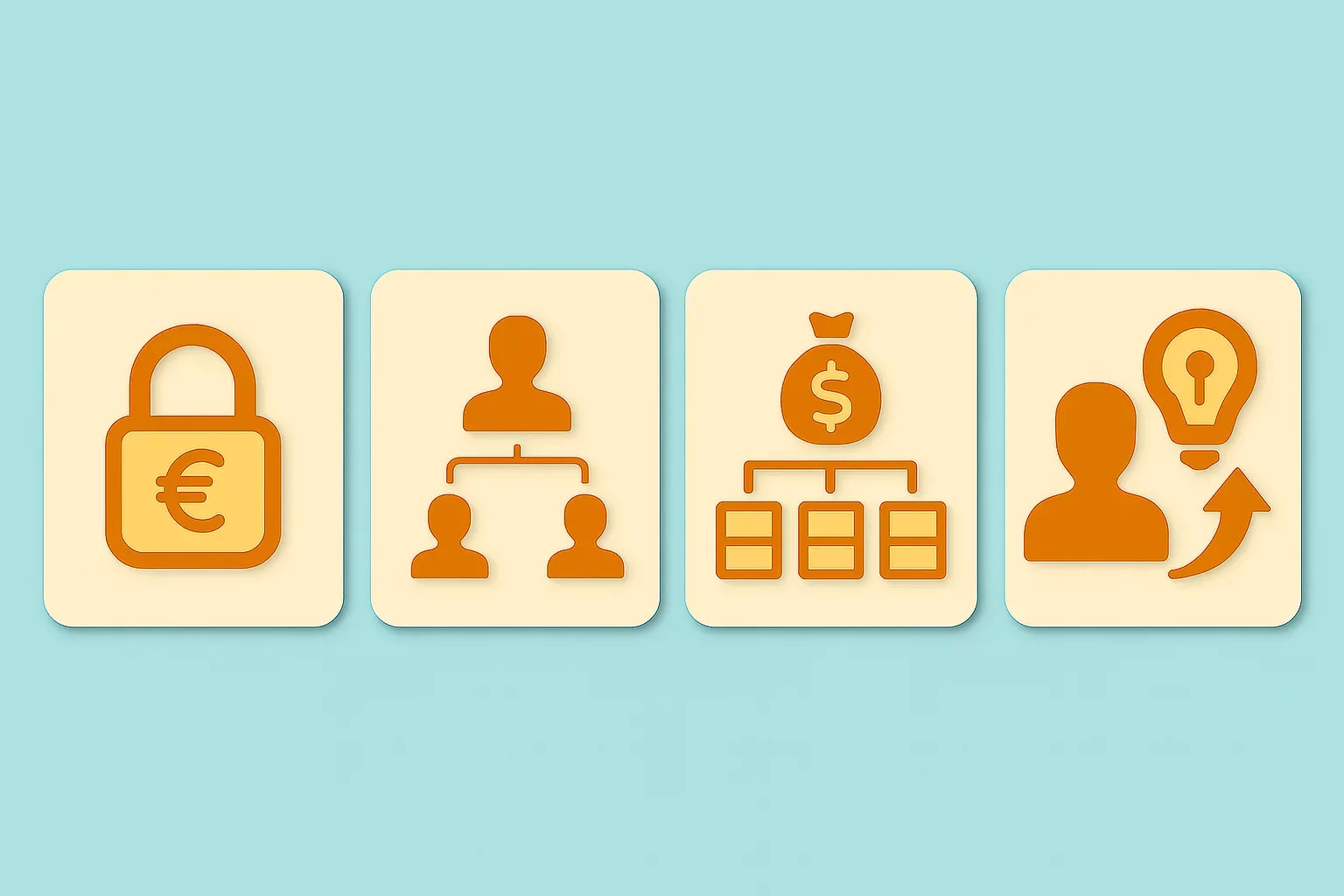
VAT Deduction and Business Succession: When Do Advisory Costs Serve the Company’s Interest?
🕝 December 8, 2025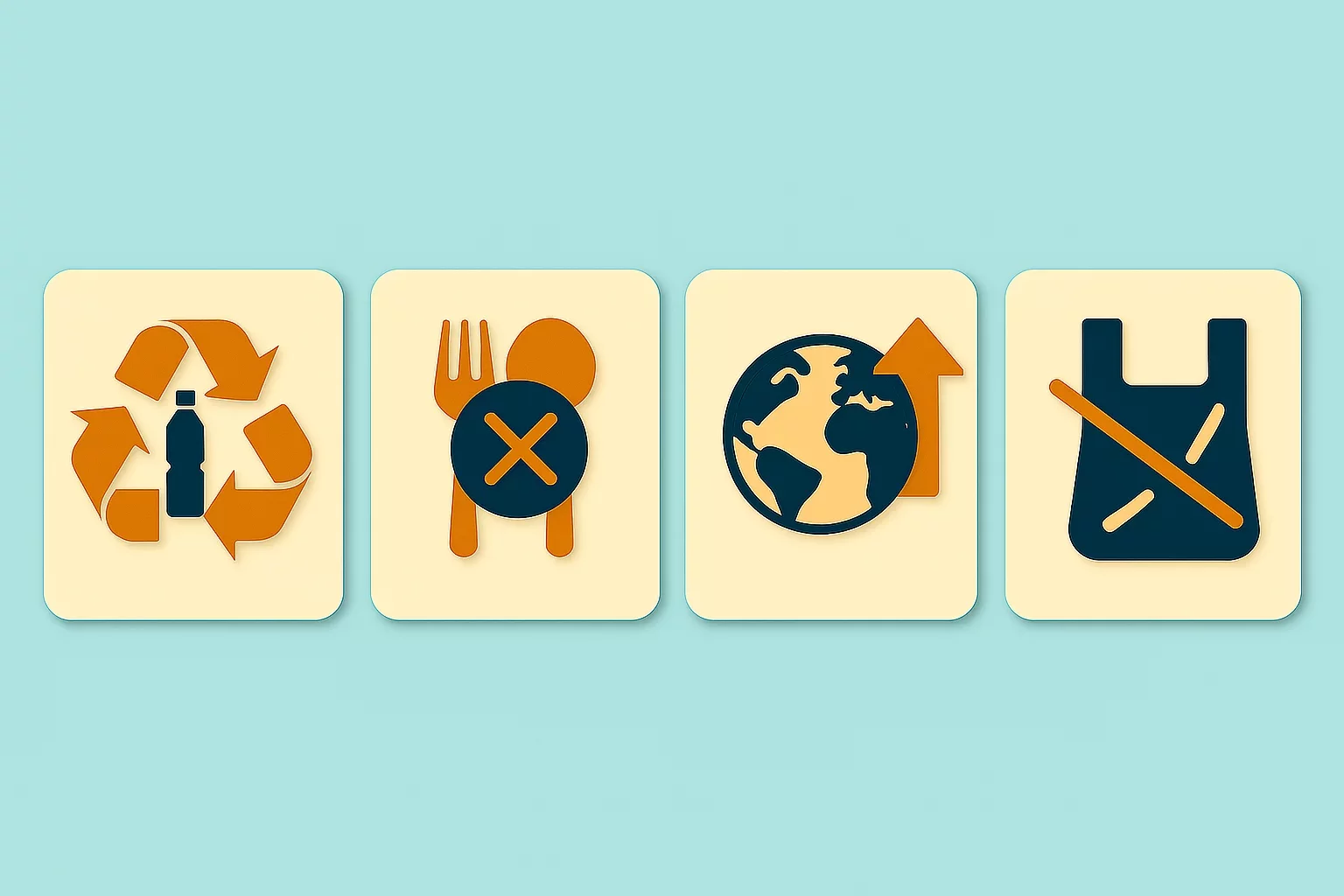
Europe’s Plastic Fiscal Shift: Why Italy’s Plastic Tax Now Starts in 2027
🕝 December 3, 2025
The Decline of Low-Value Import Exemptions: Closing Gaps in Cross-Border E-Commerce
🕝 November 20, 2025More News from Europe
Get real-time updates and developments from around the world, keeping you informed and prepared.
-e9lcpxl5nq.webp)


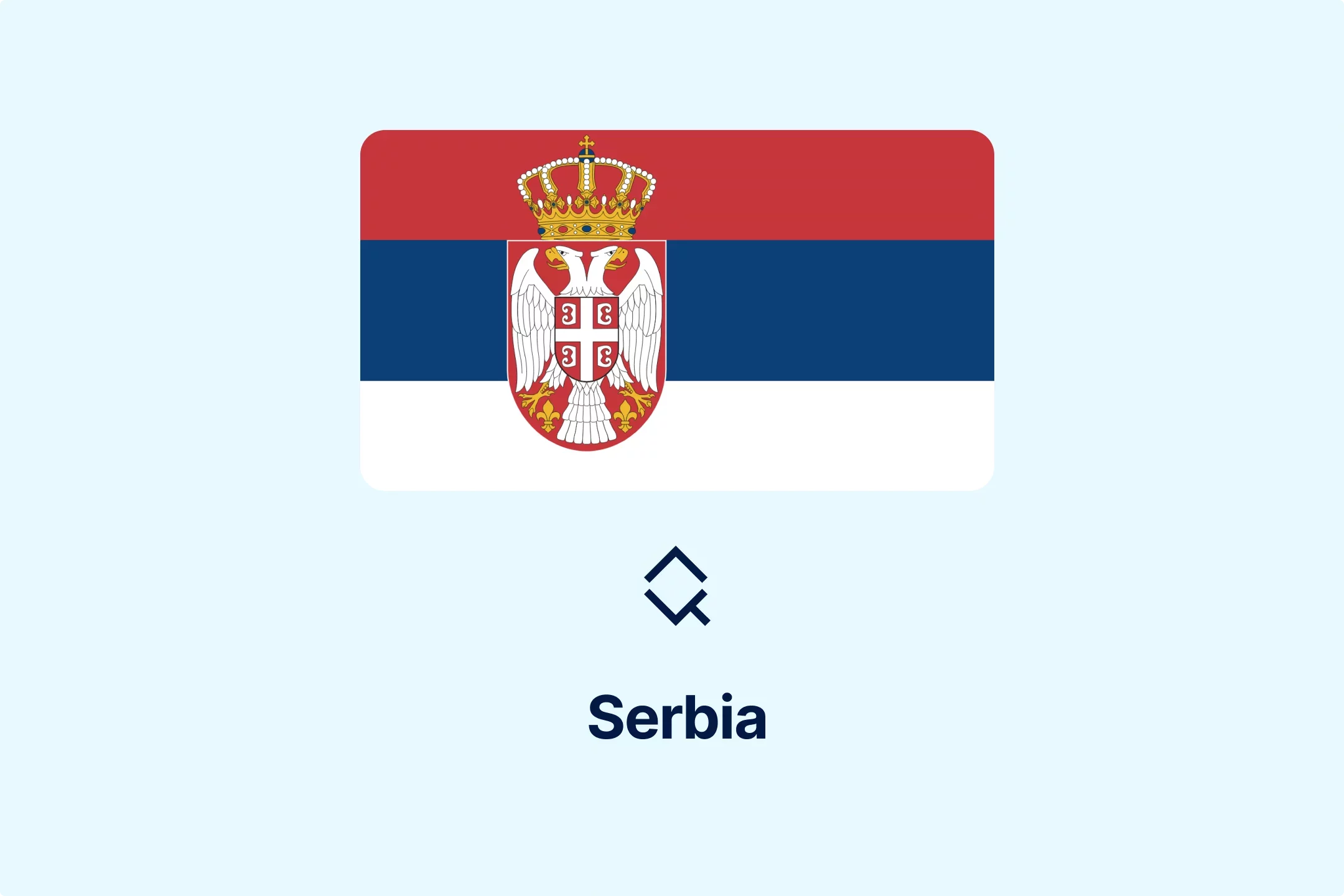
-webajrr4ny.webp)
-evibmwdwcn.webp)
-7acdre0hop.webp)
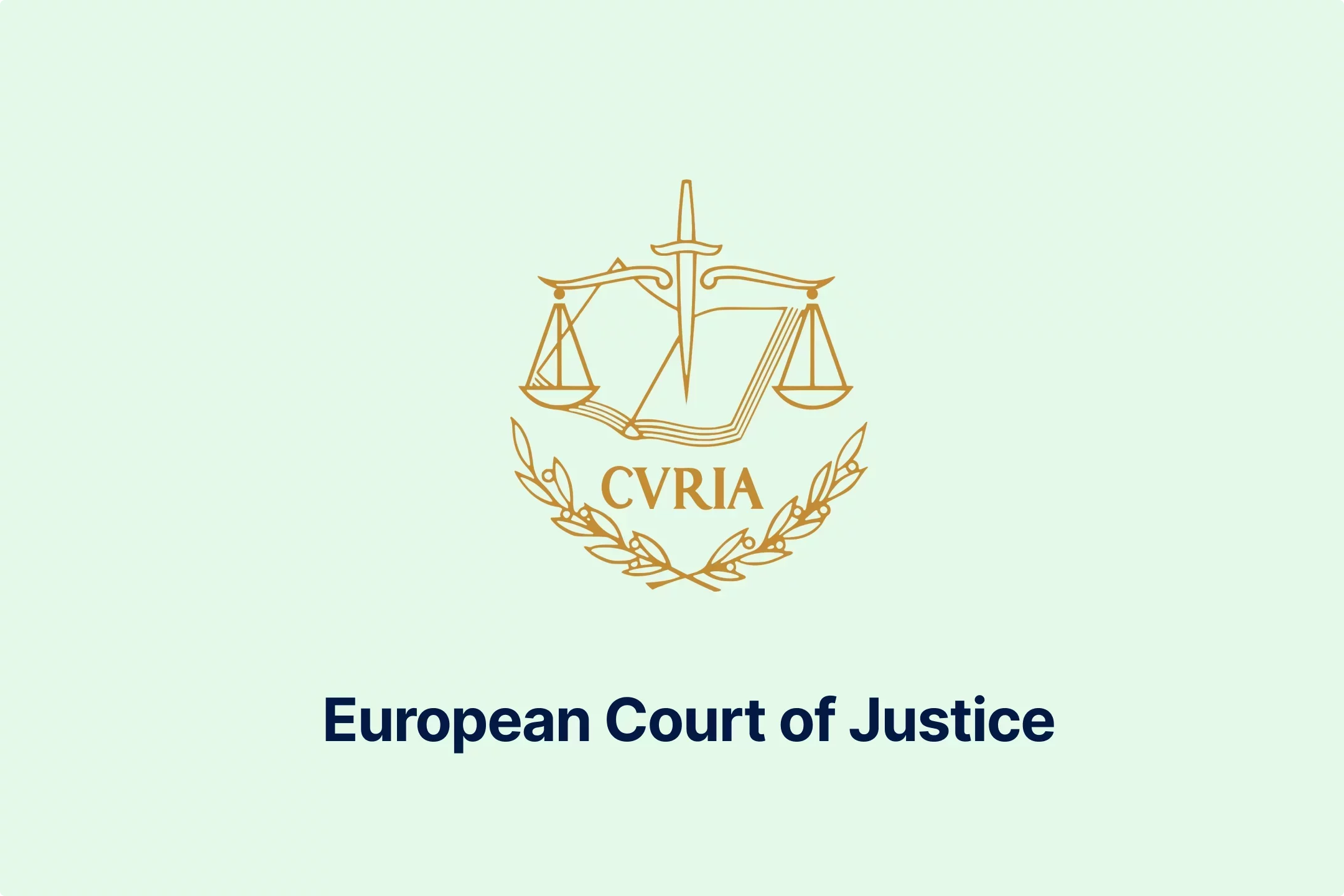
-lcgcyghaer.webp)
-ol6mdkdowg.webp)
-aqdwtmzhkd.webp)

-njgdvdxe2u.webp)
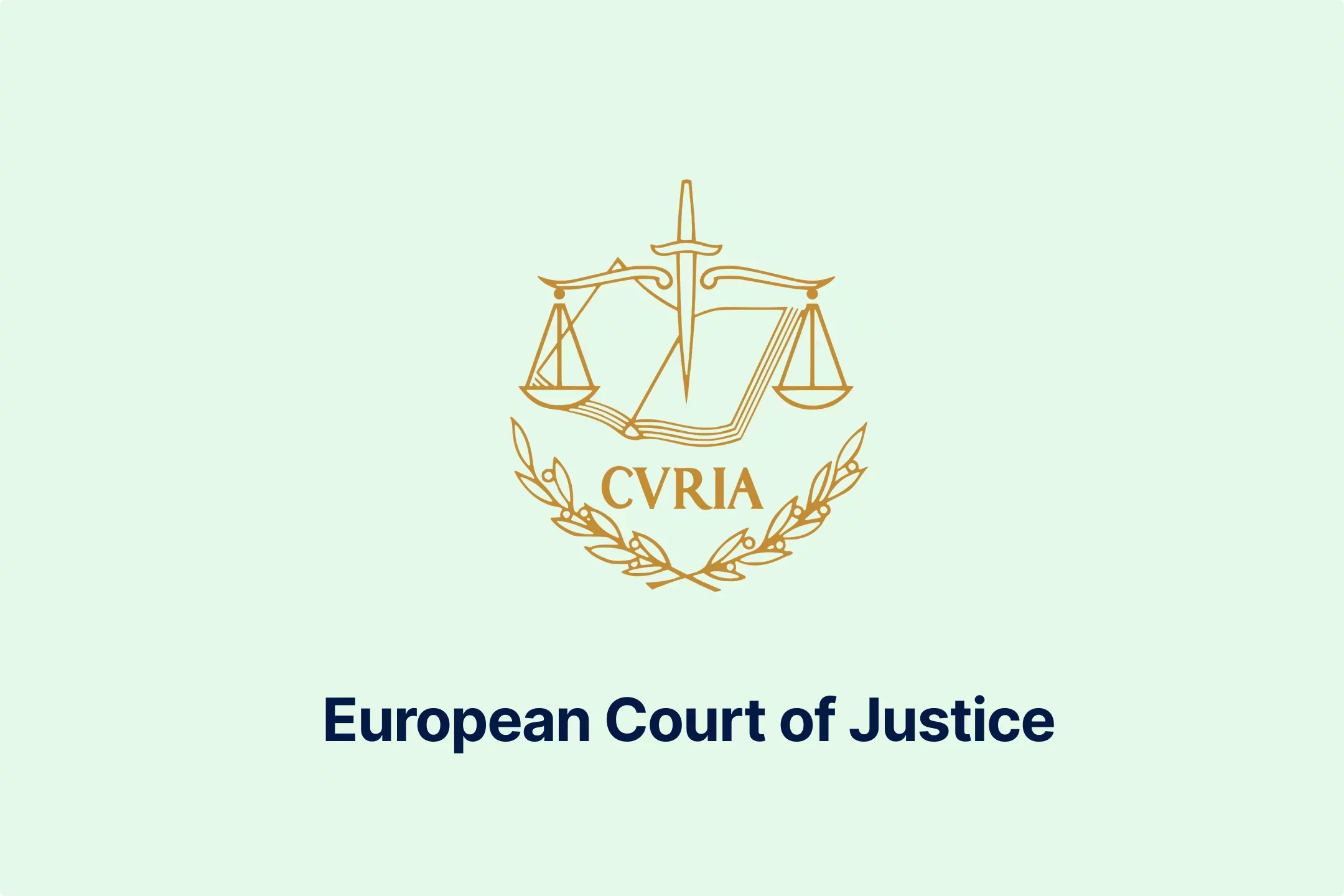
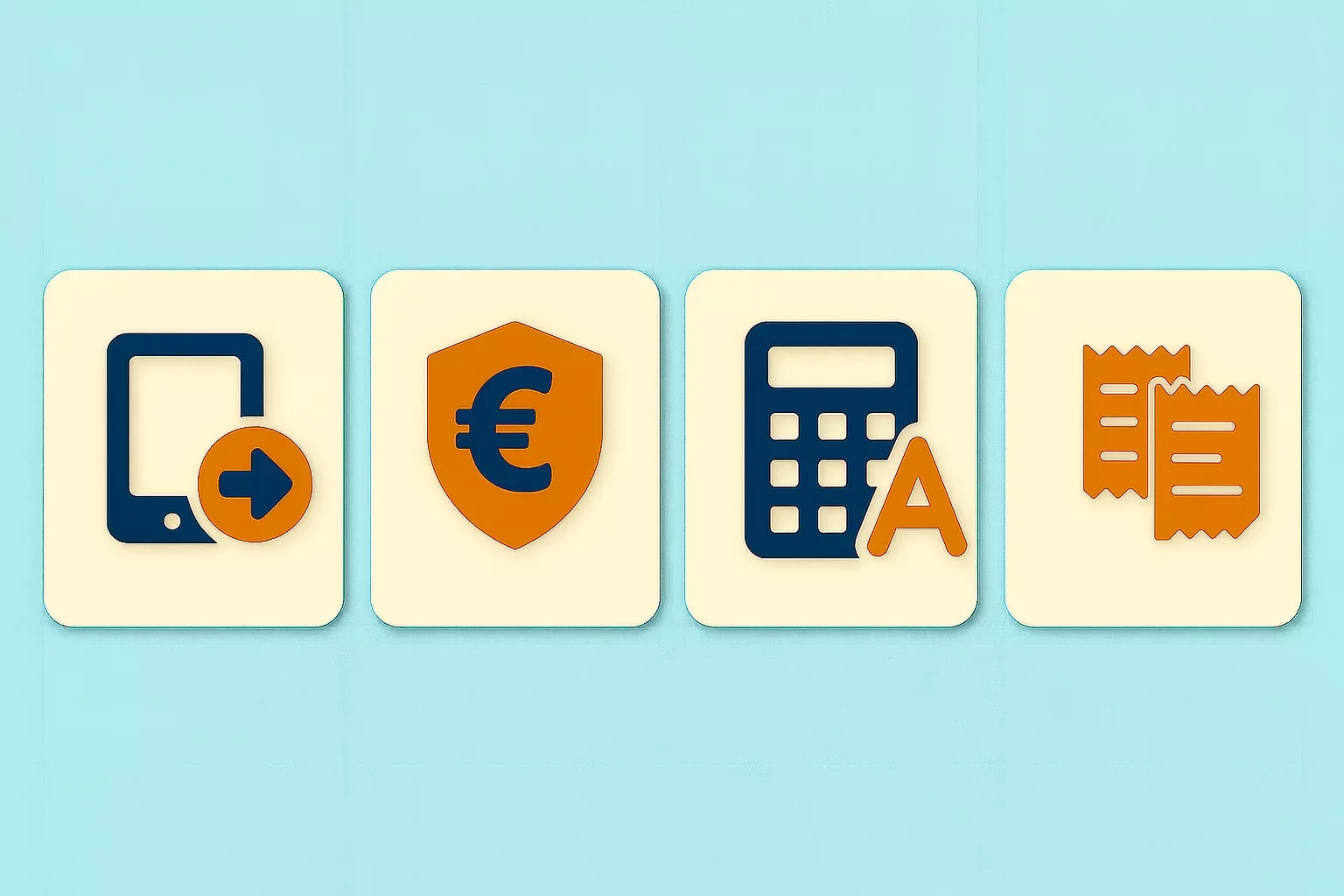
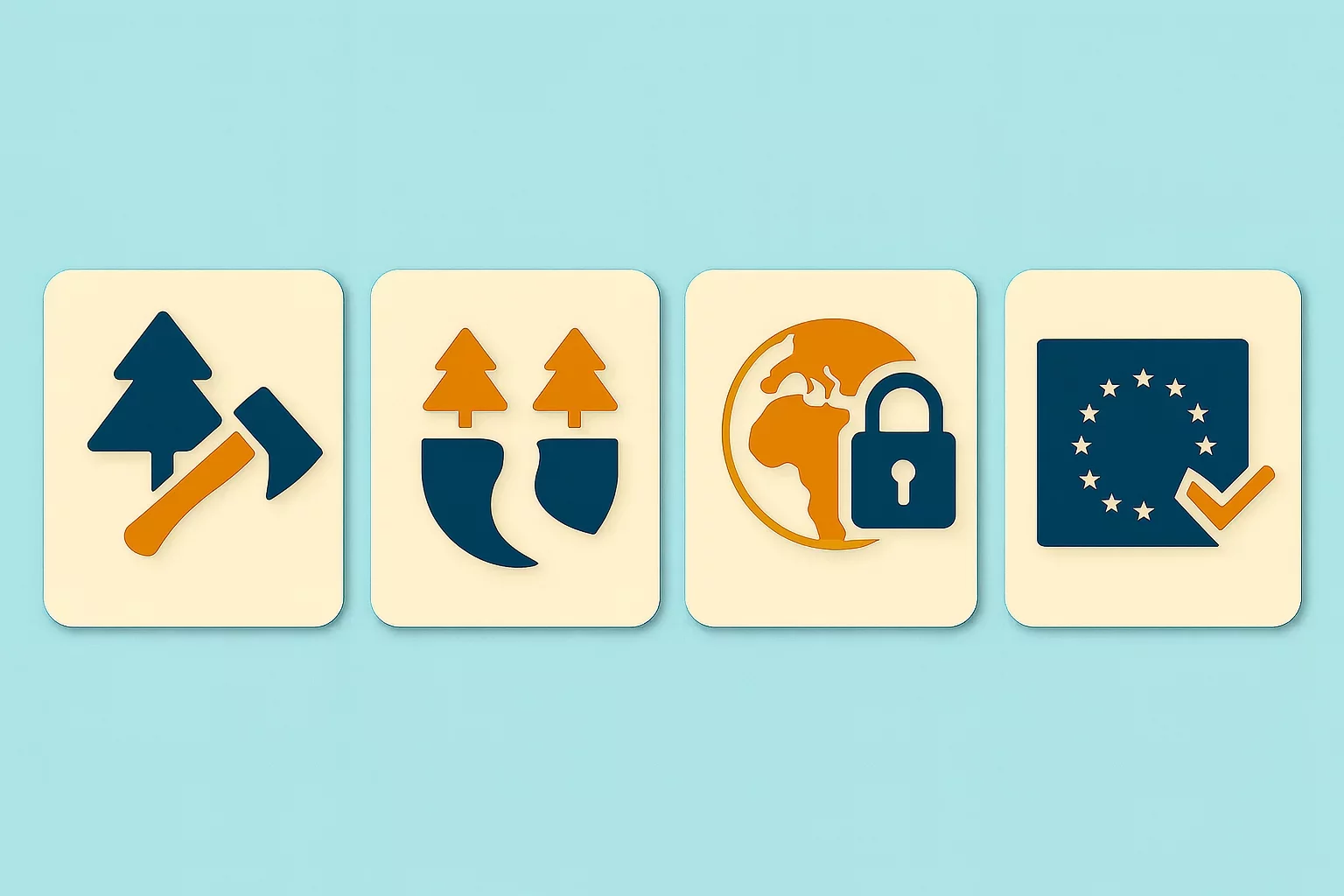
-i6rki3jbad.webp)
-hdwgtama05.webp)
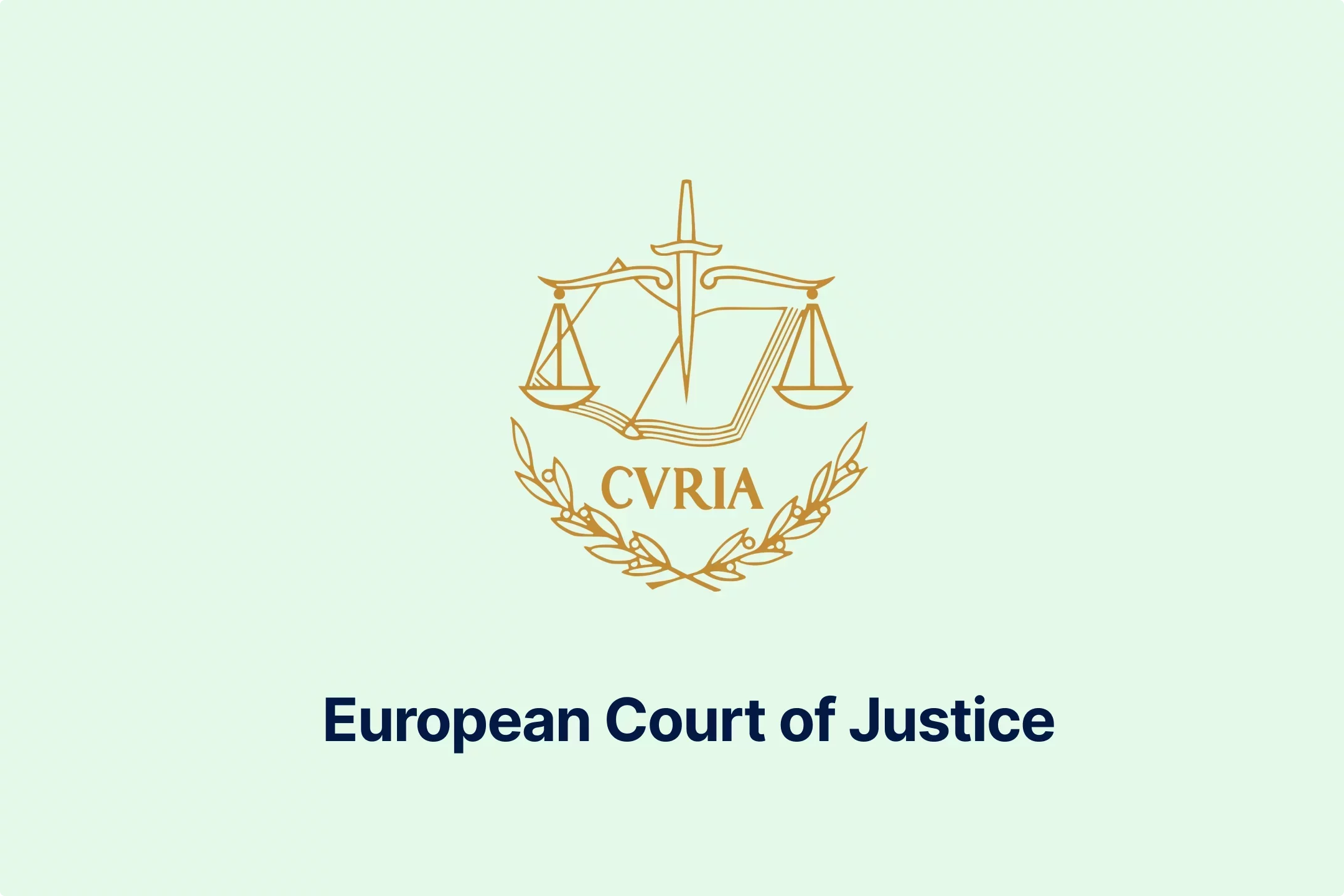
-atbhy5fyxv.webp)
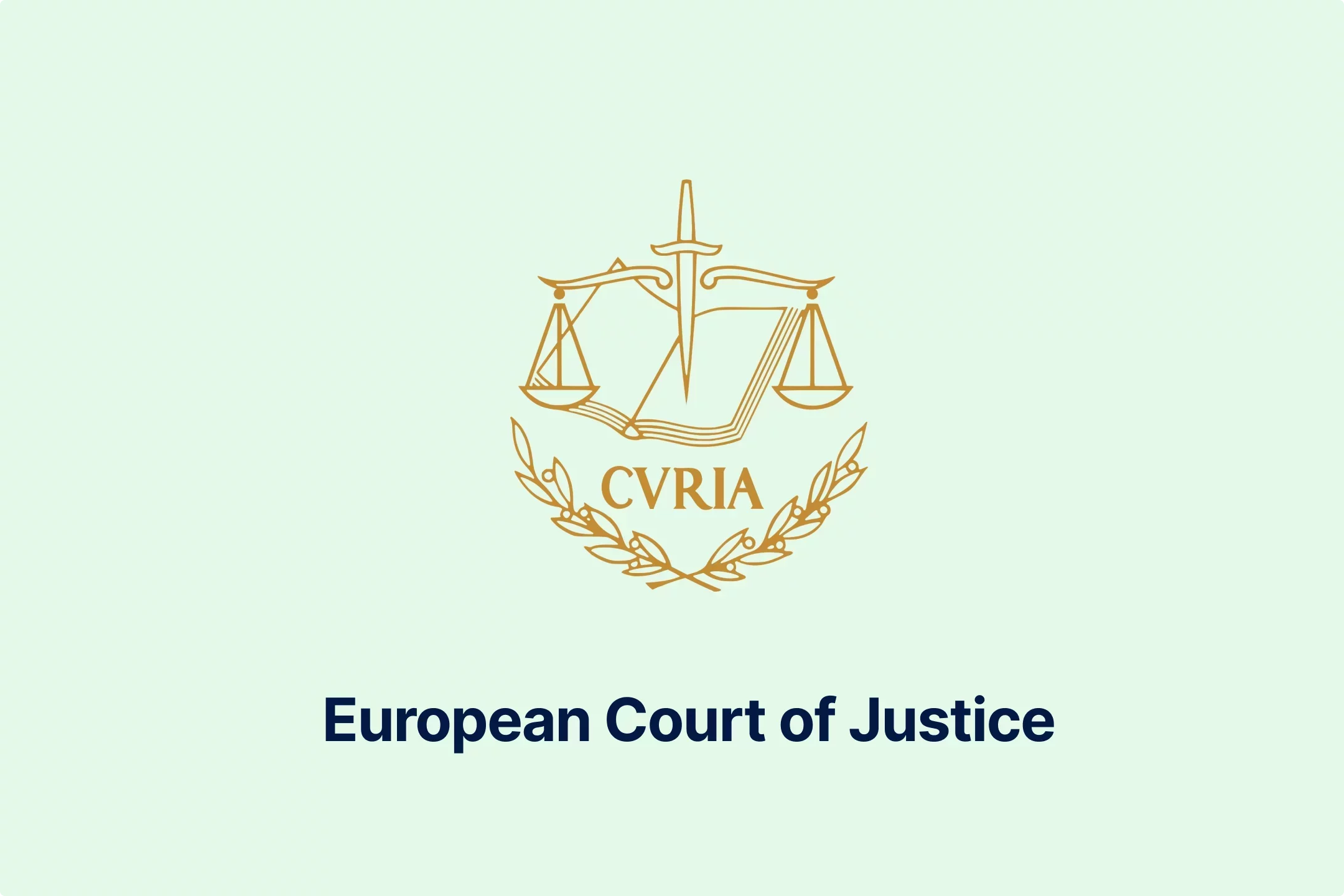
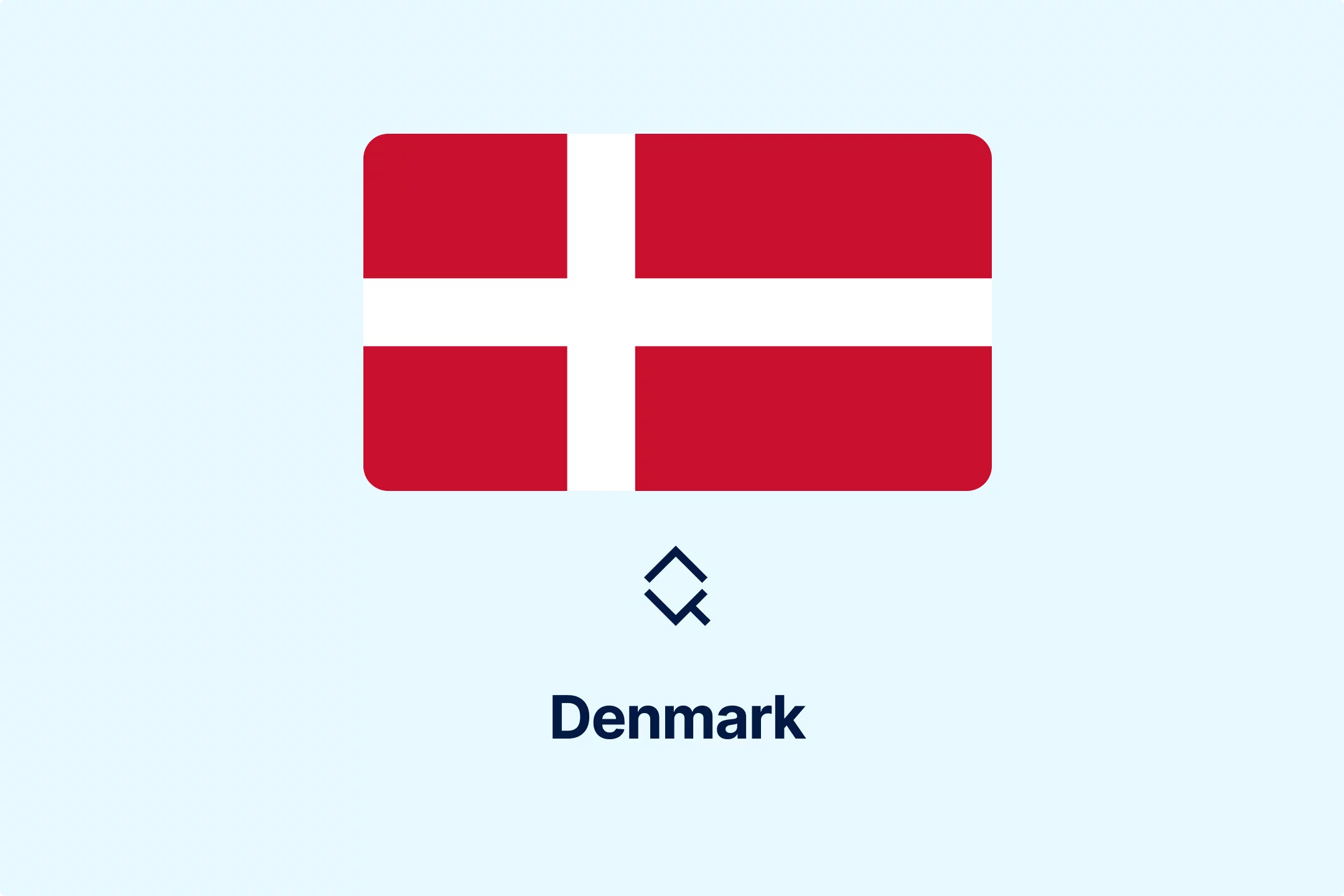

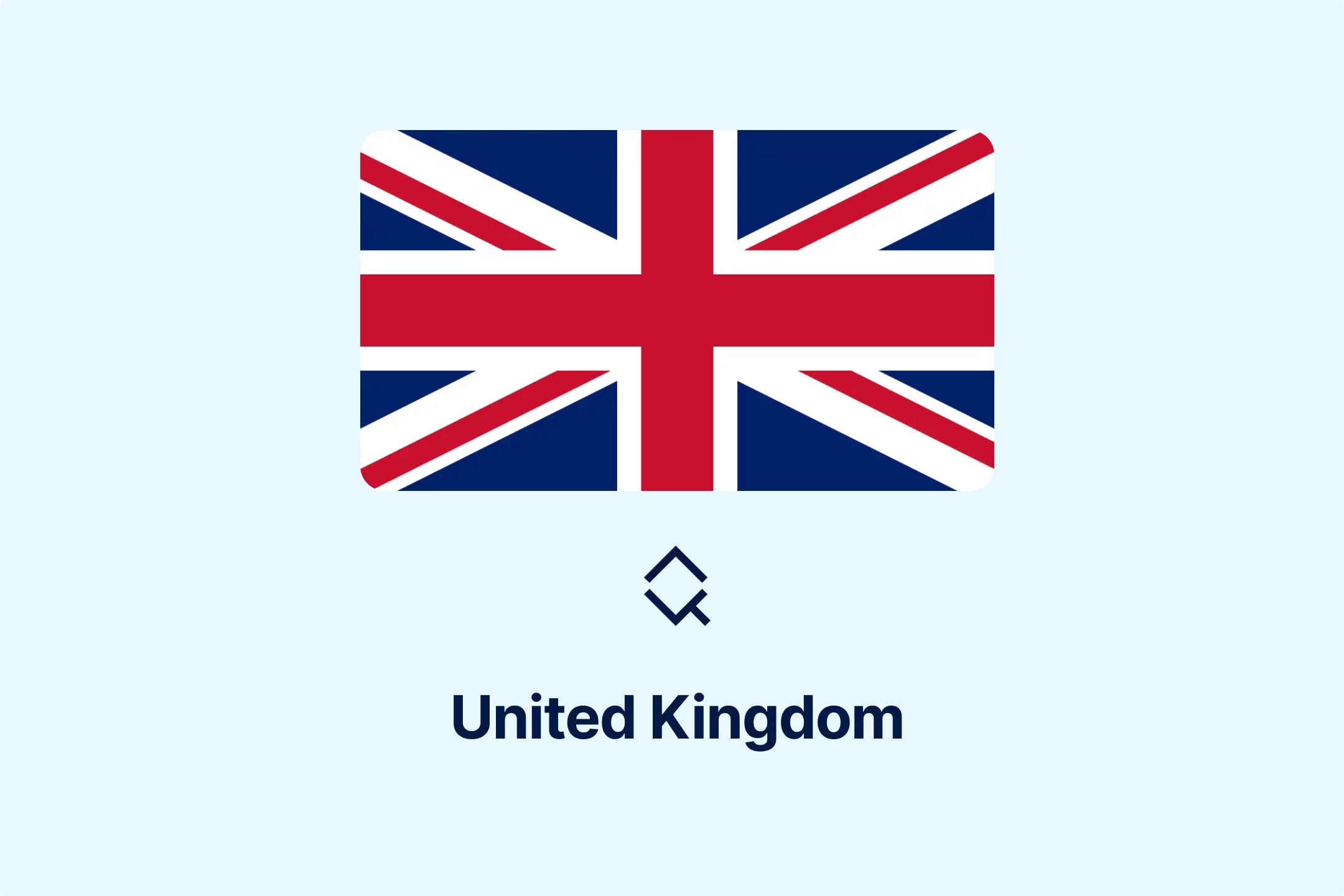
-zp2n6zixoa.webp)
-oa1ynbm4sn.webp)
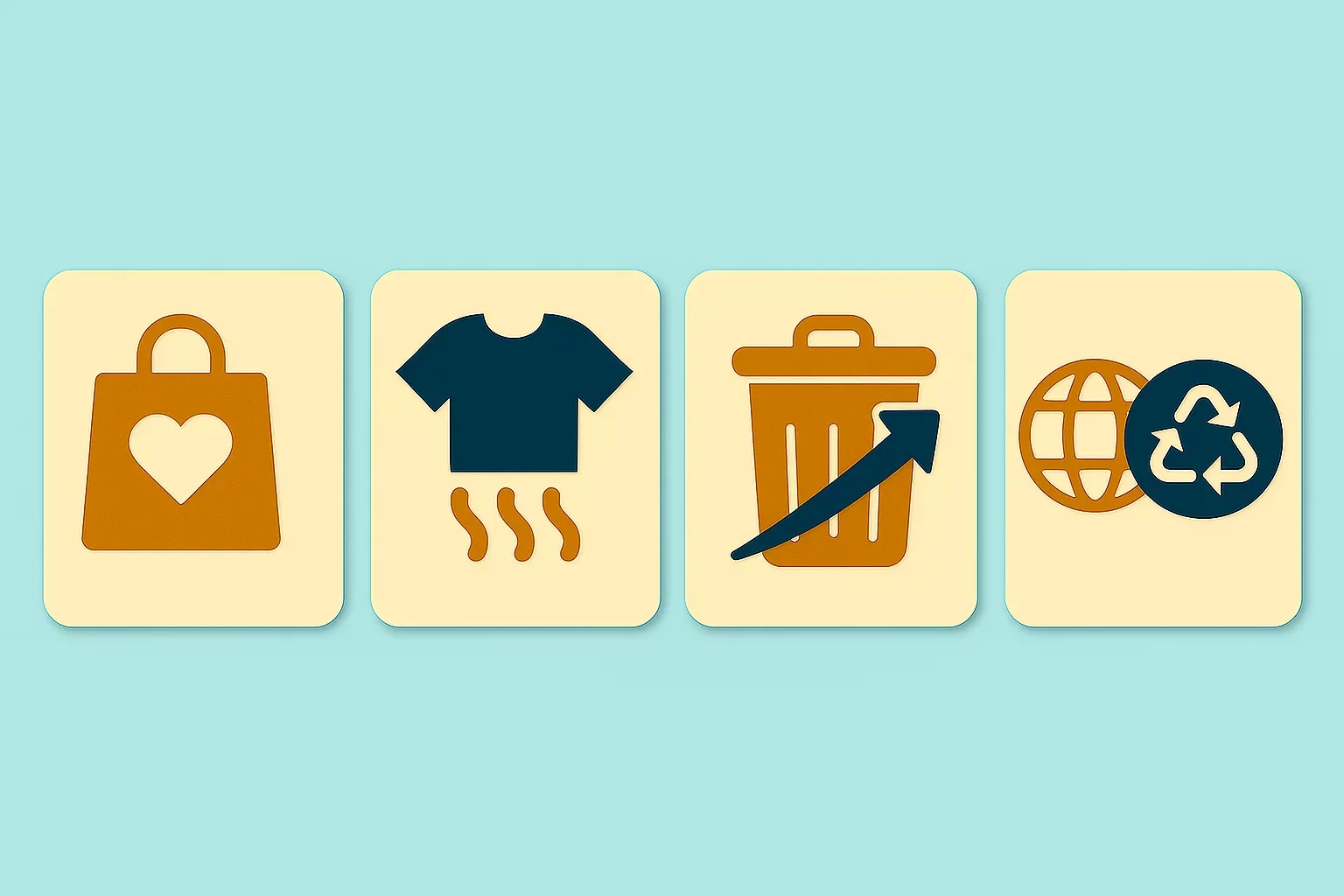
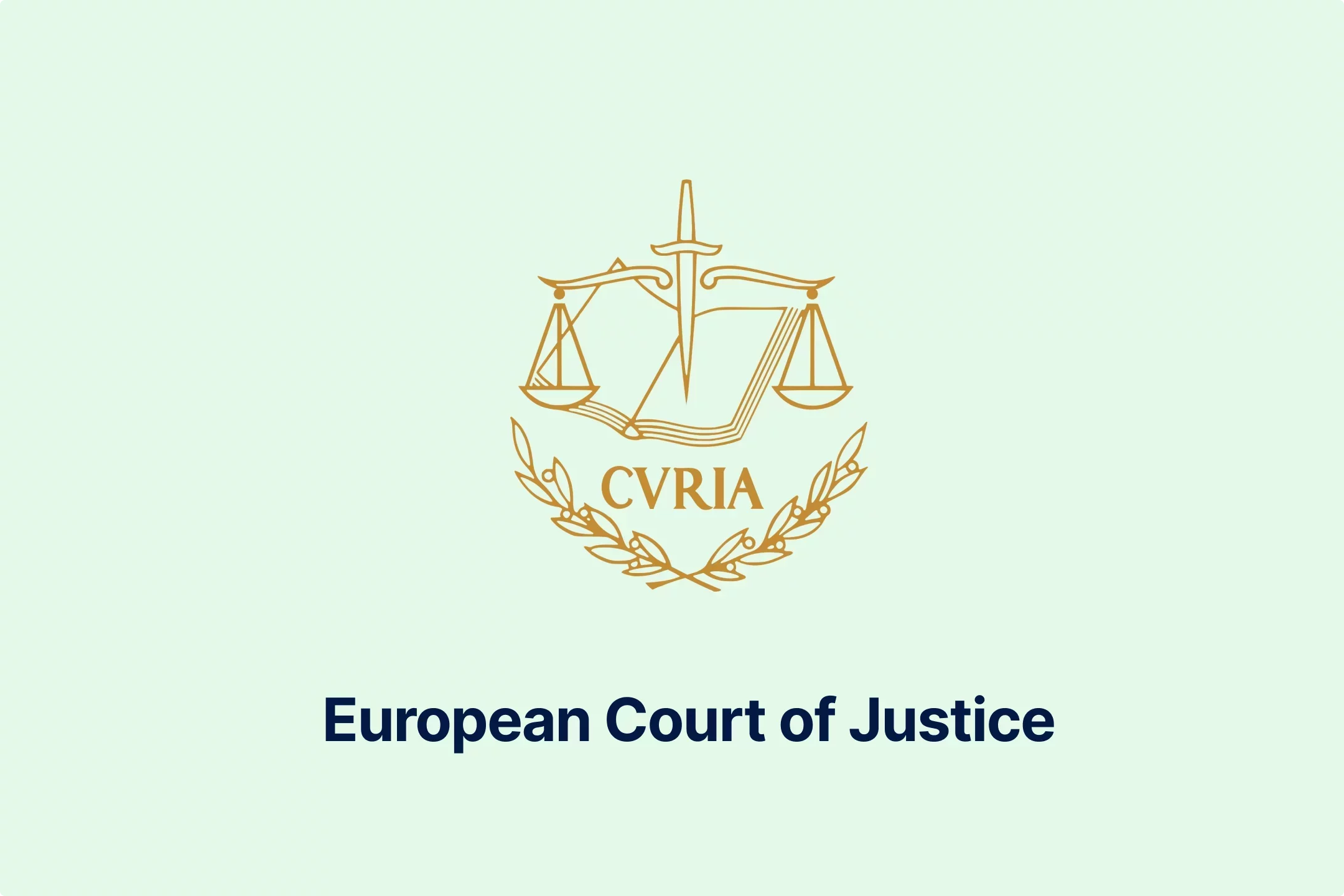
-lltkno6txy.webp)



-do38odrqnq.webp)
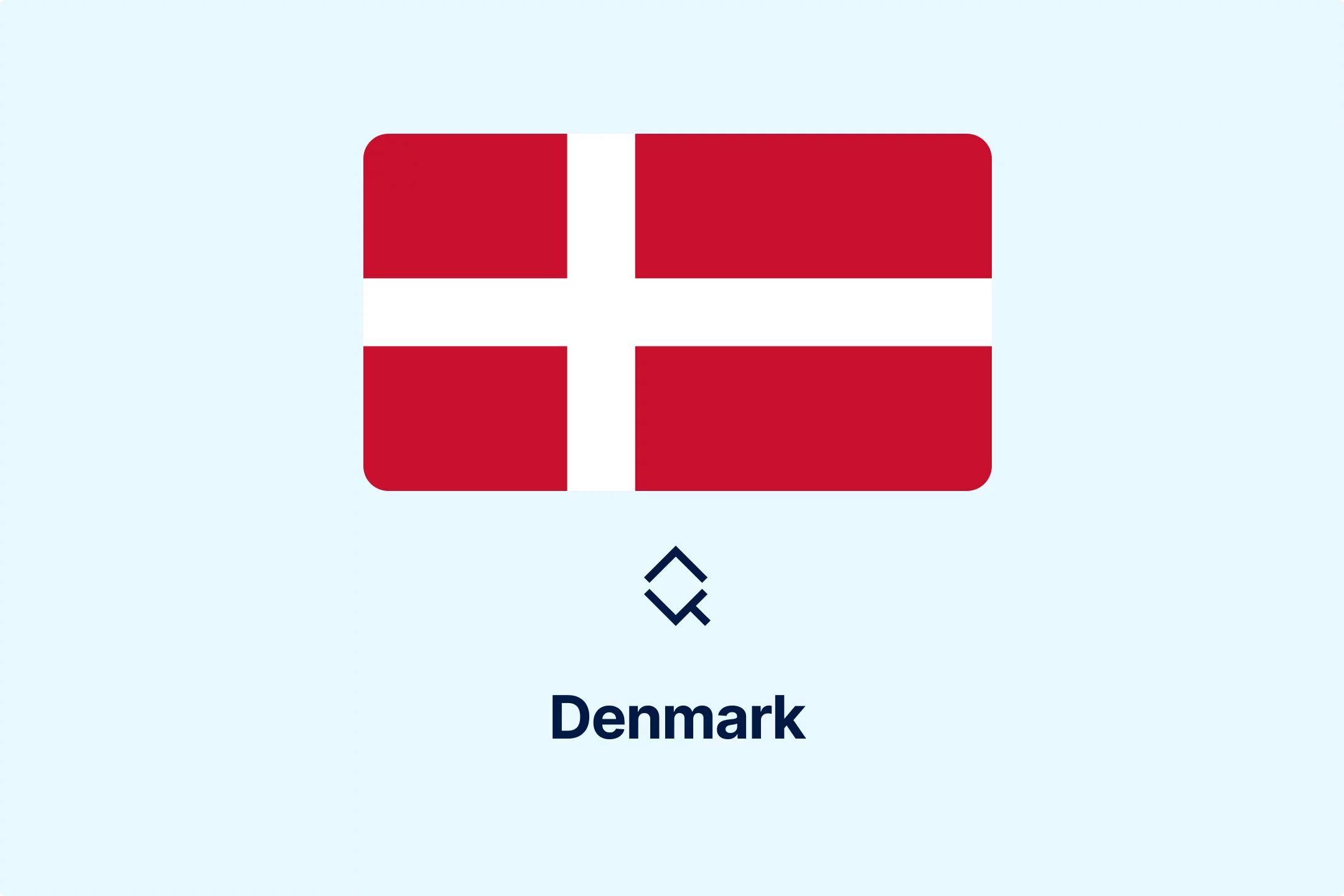
-t409oldqzt.webp)
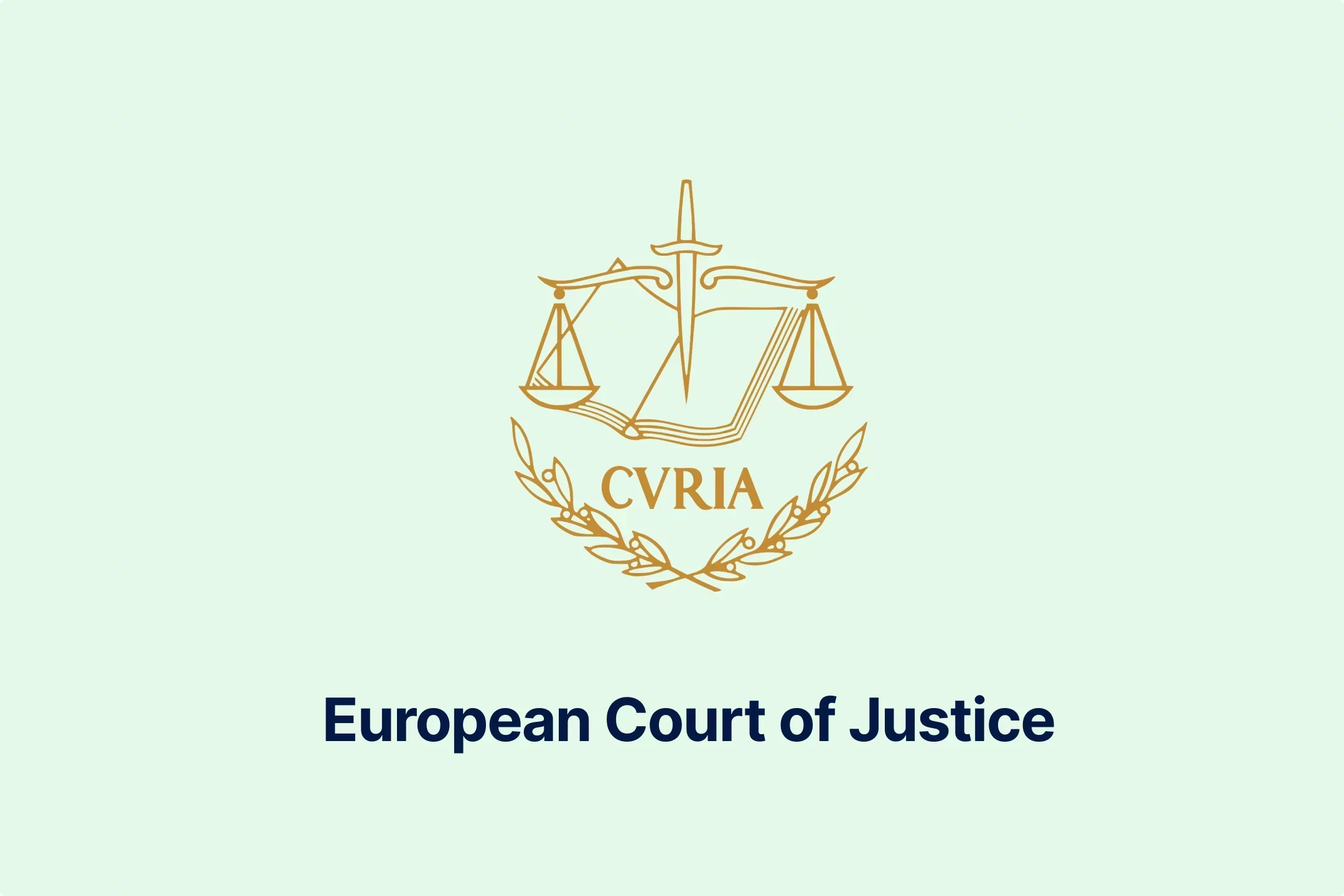
-hordopb6xh.webp)
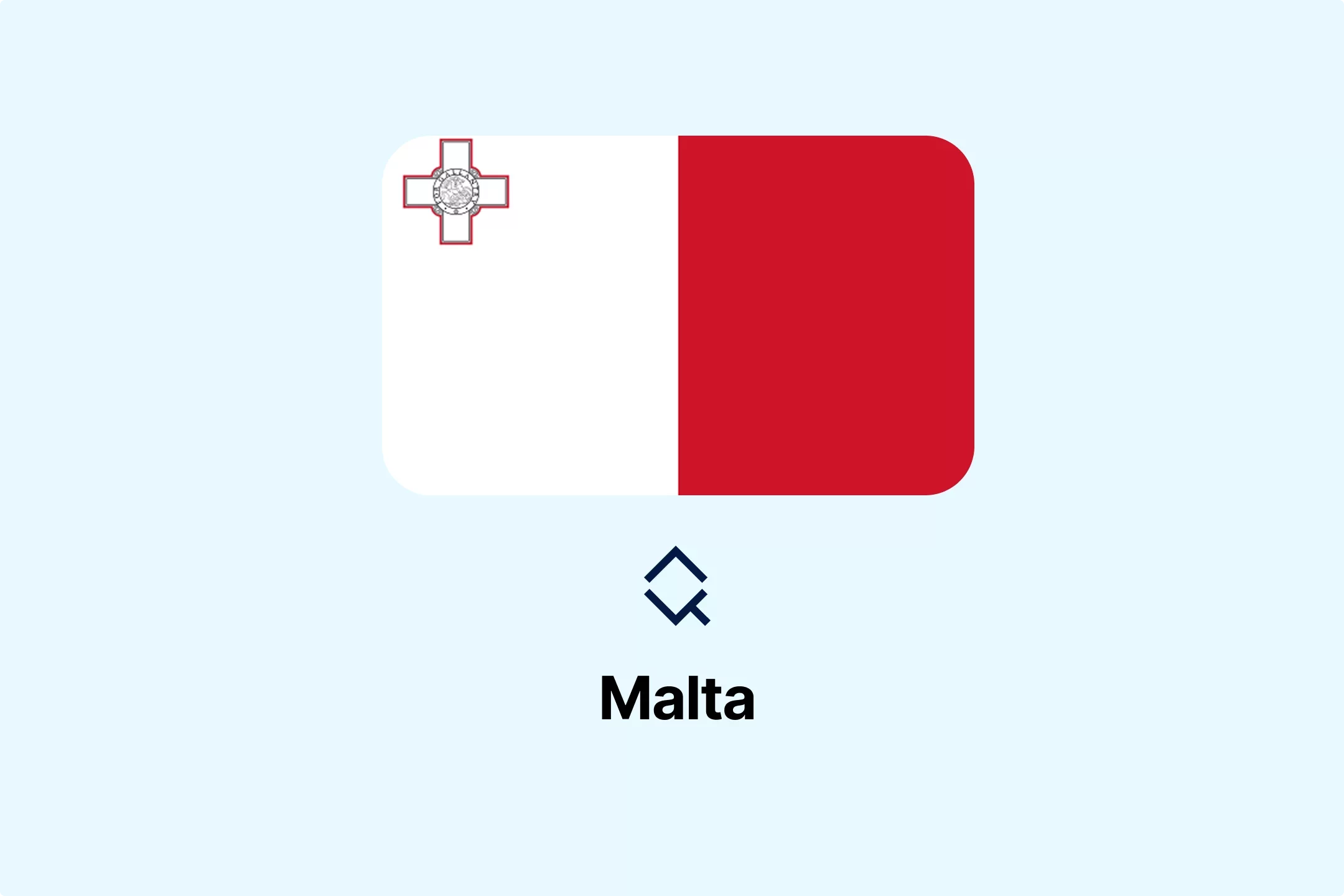
-ooimnrbete.webp)
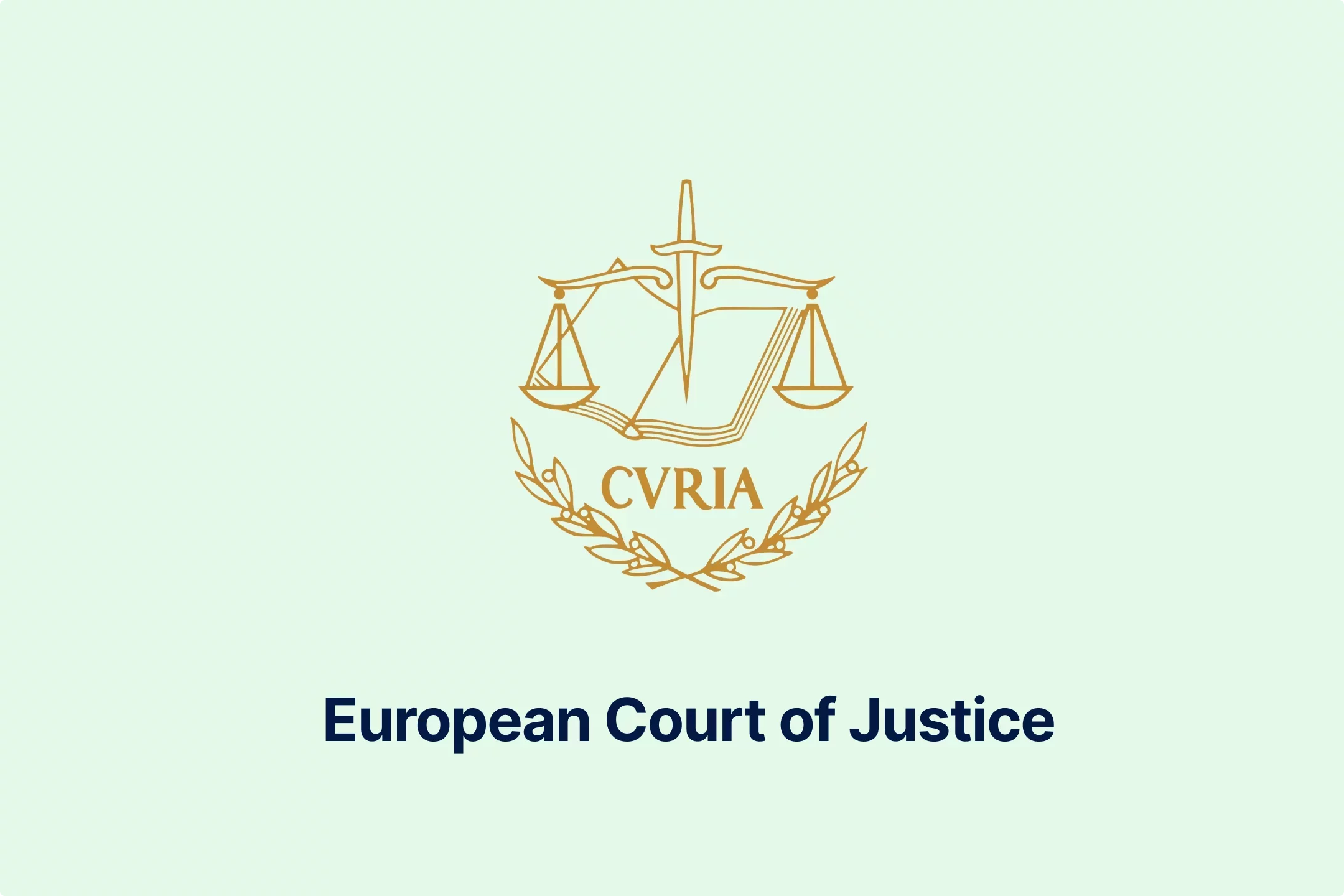
-lwb5qpsily.webp)
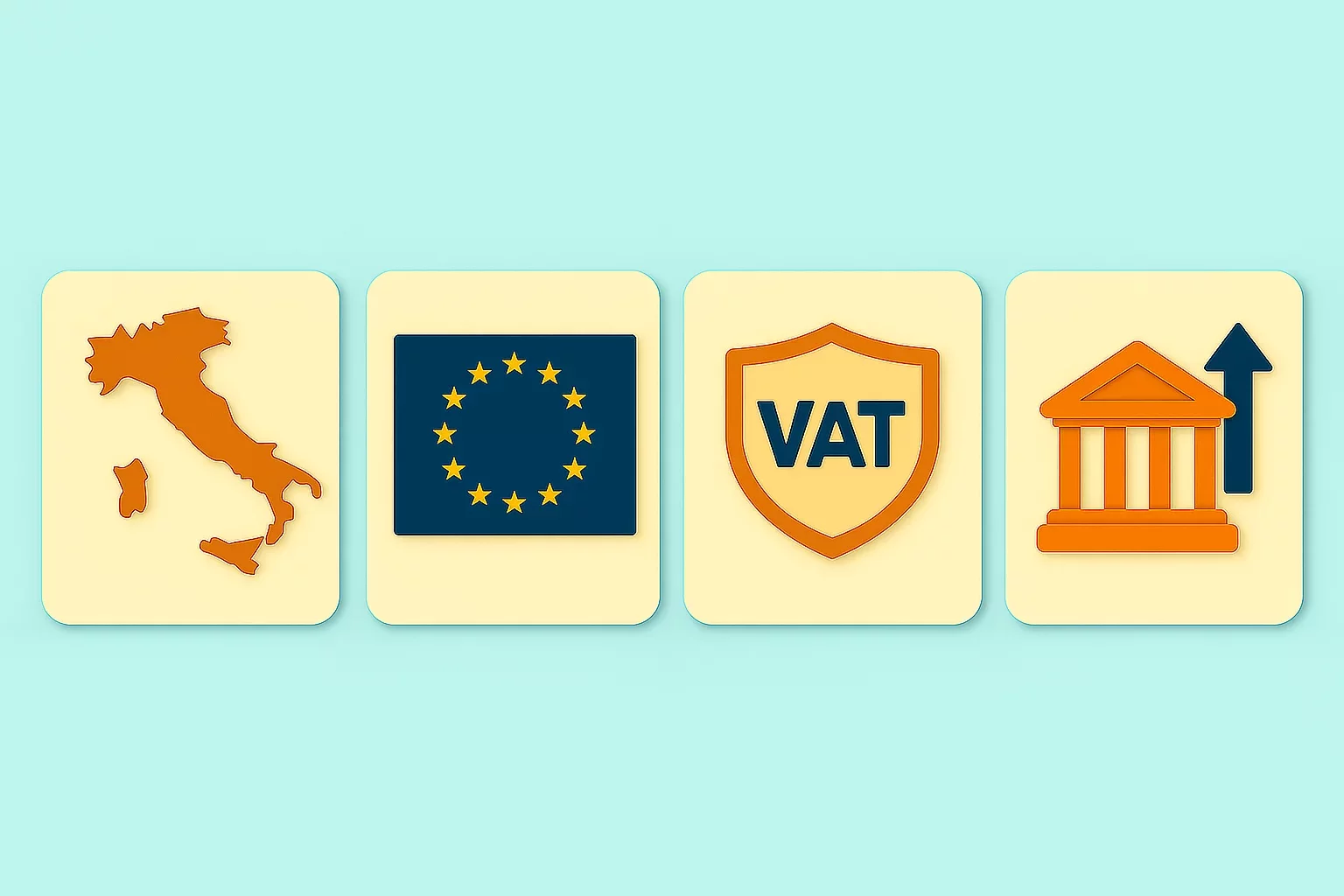
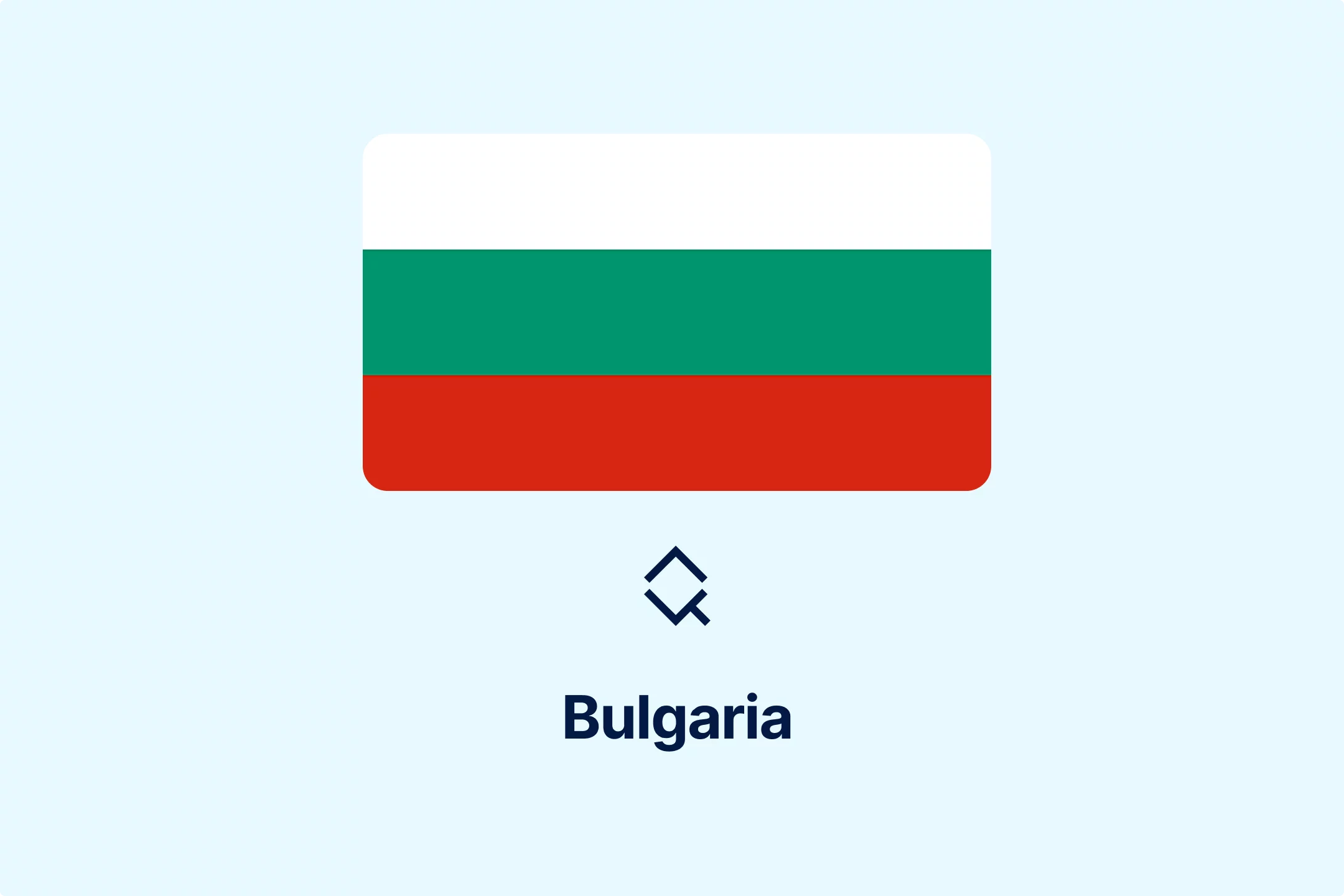
-eumafizrhm.webp)

-mtqp3va9gb.webp)
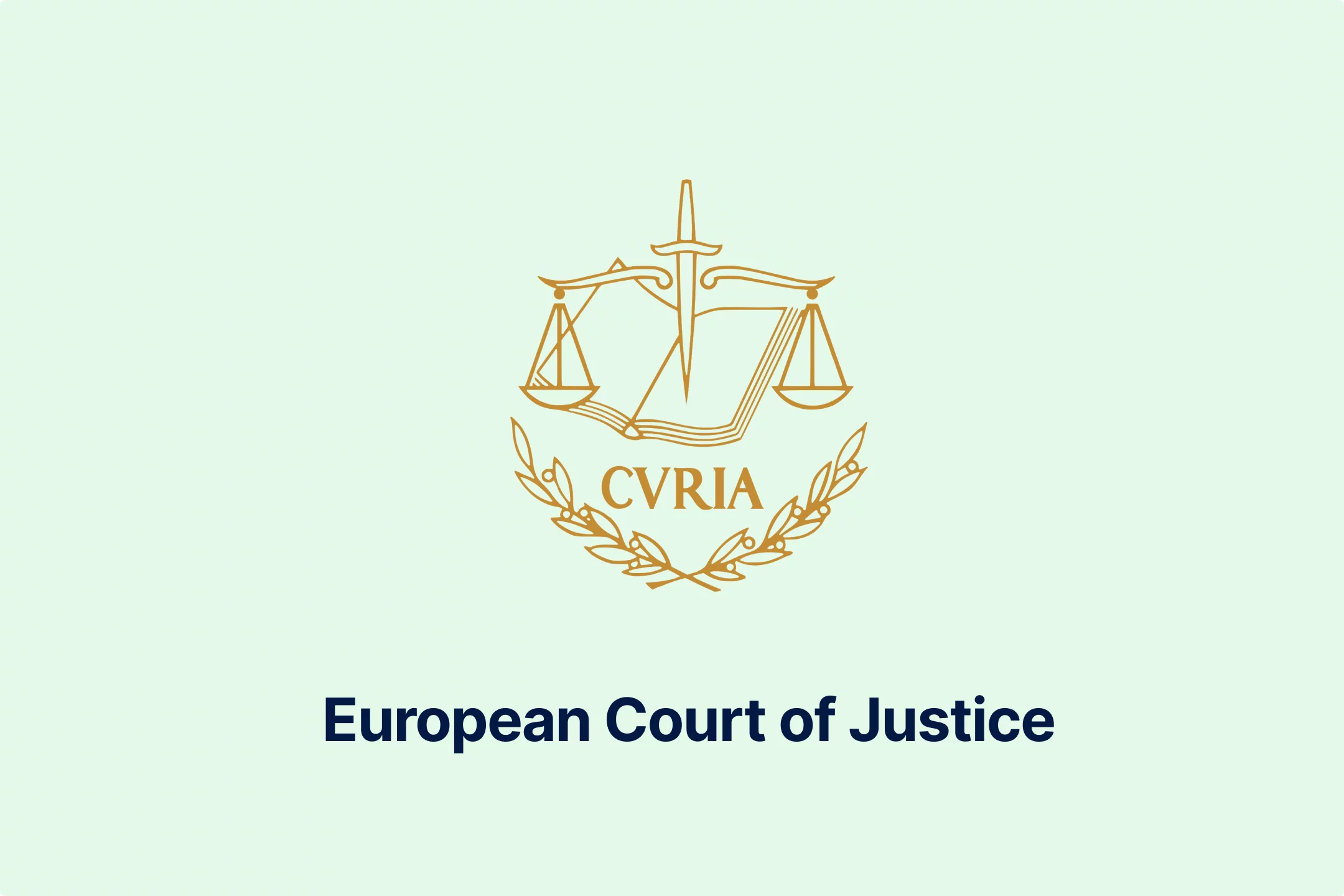
-3ewrn1yvfa.webp)
-591j35flz2.webp)
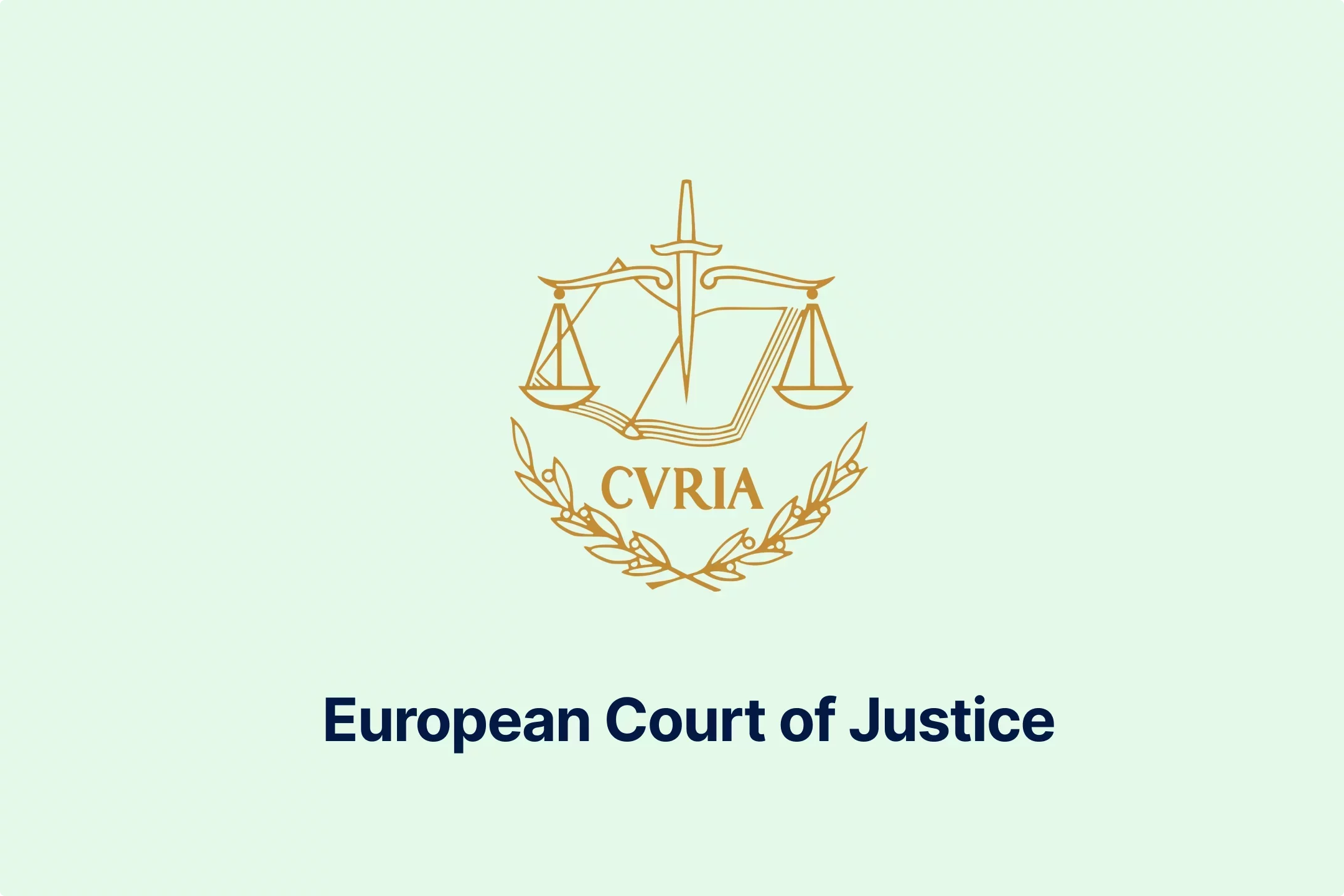
-huj3cam1de.webp)

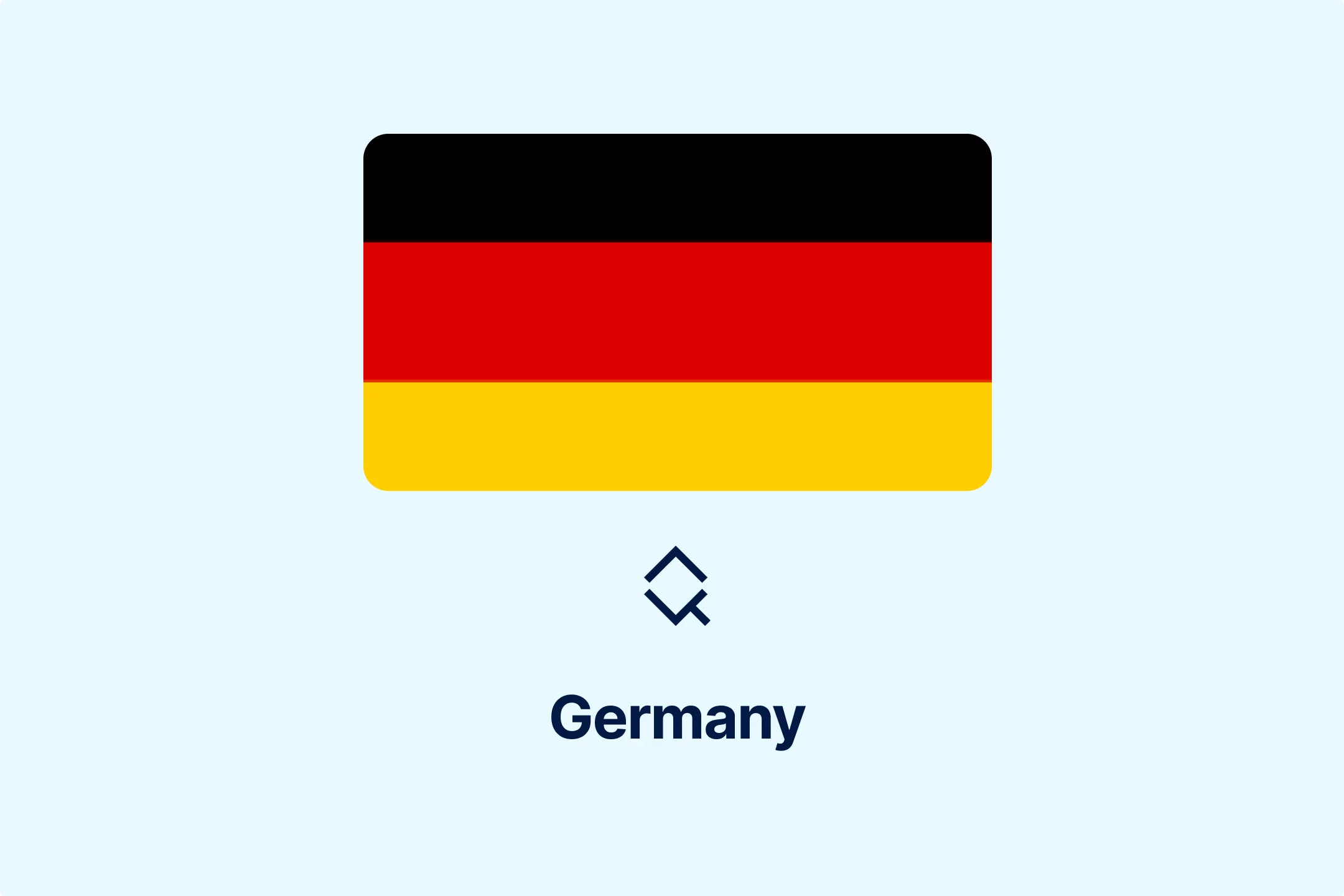
-hafis0ii23.webp)

-qseaw5zmcy.webp)
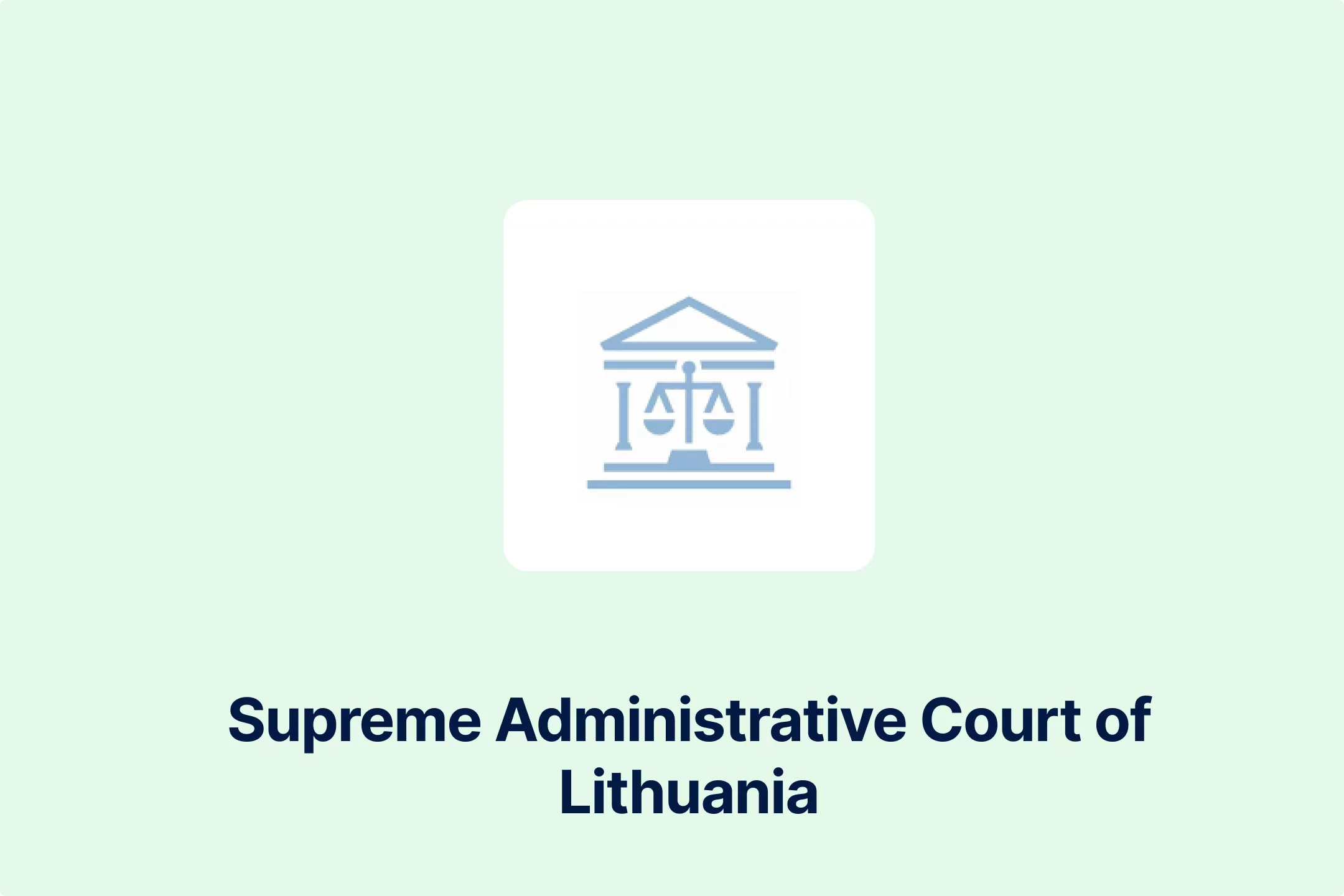
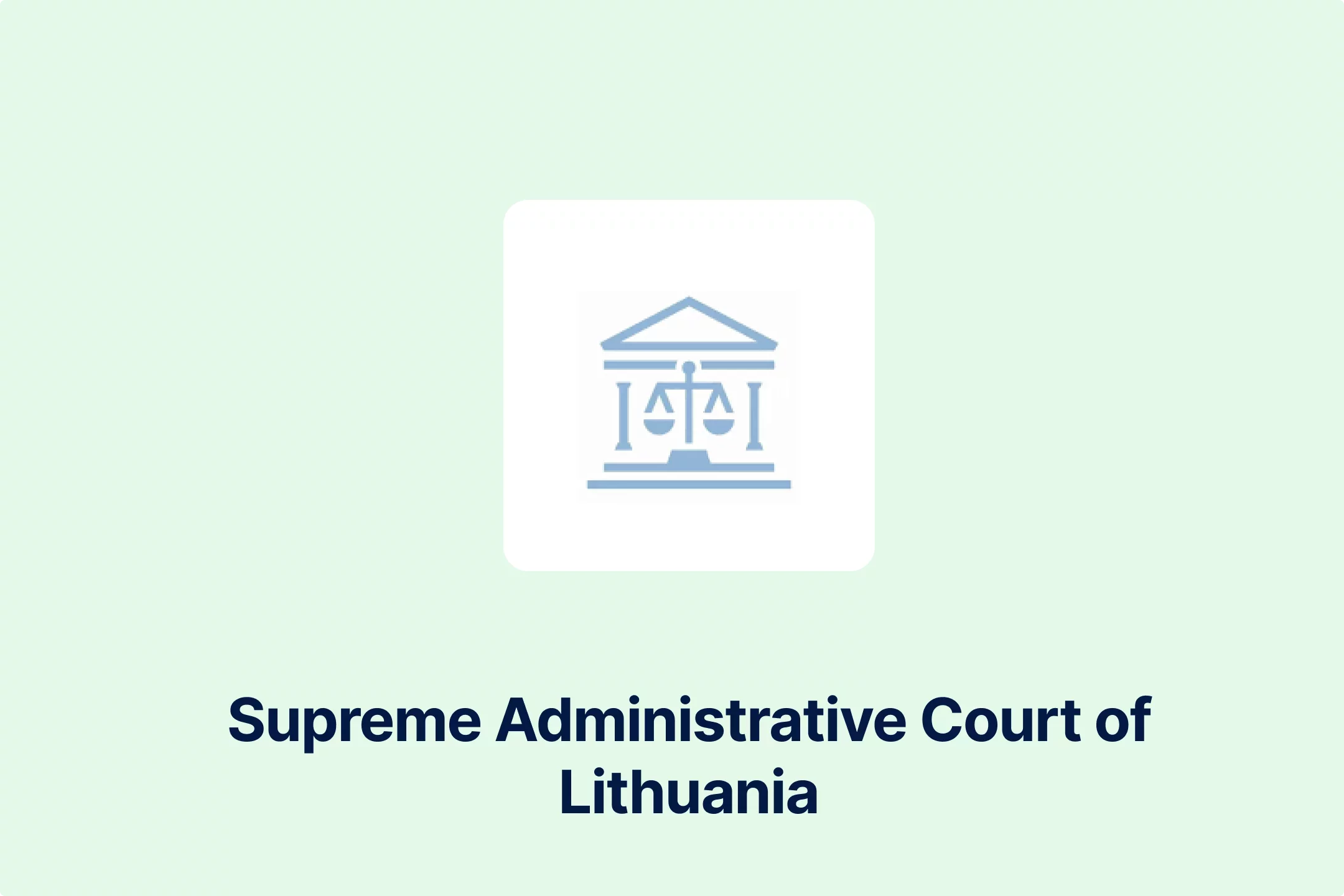

-qzsah2ifqx.webp)
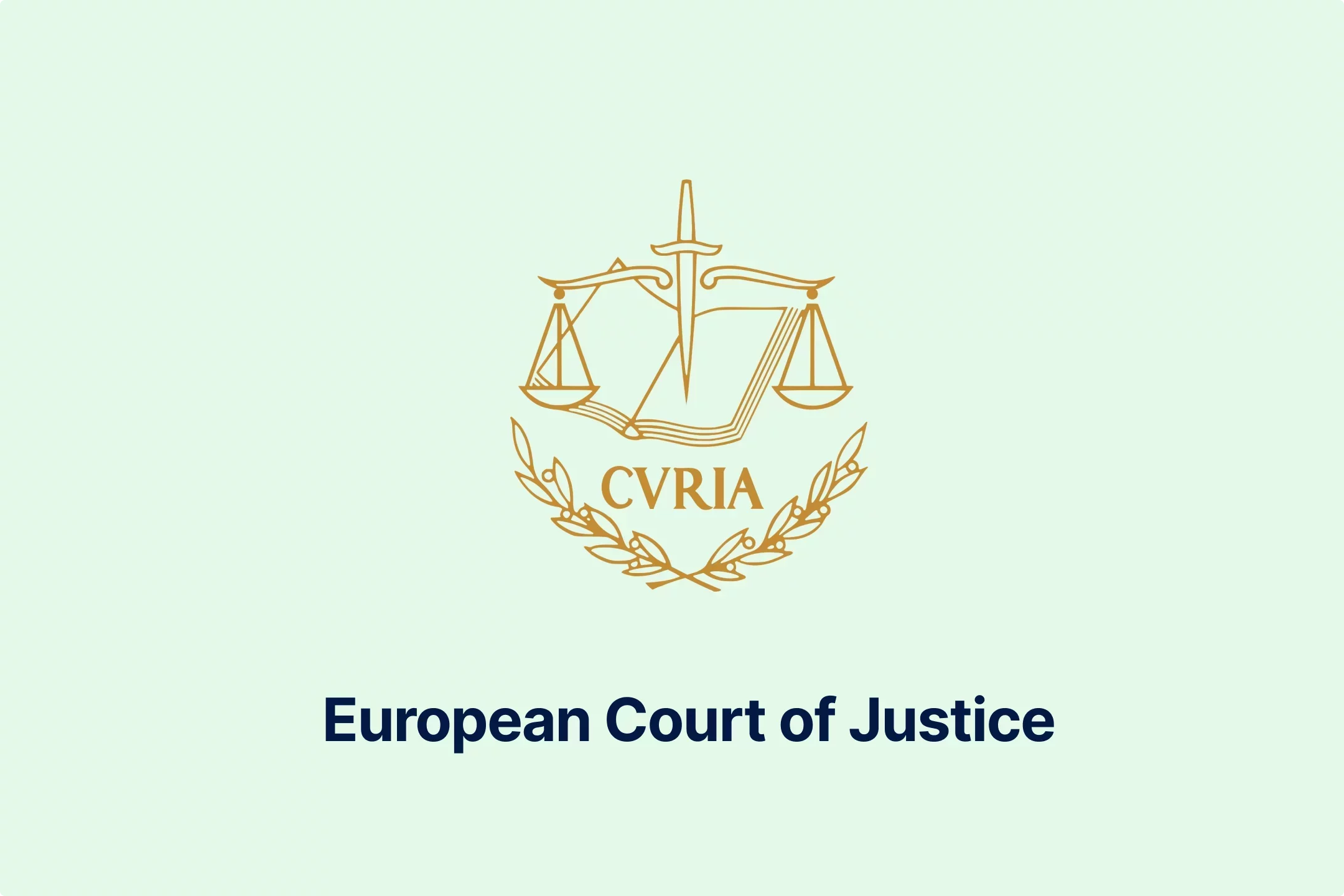
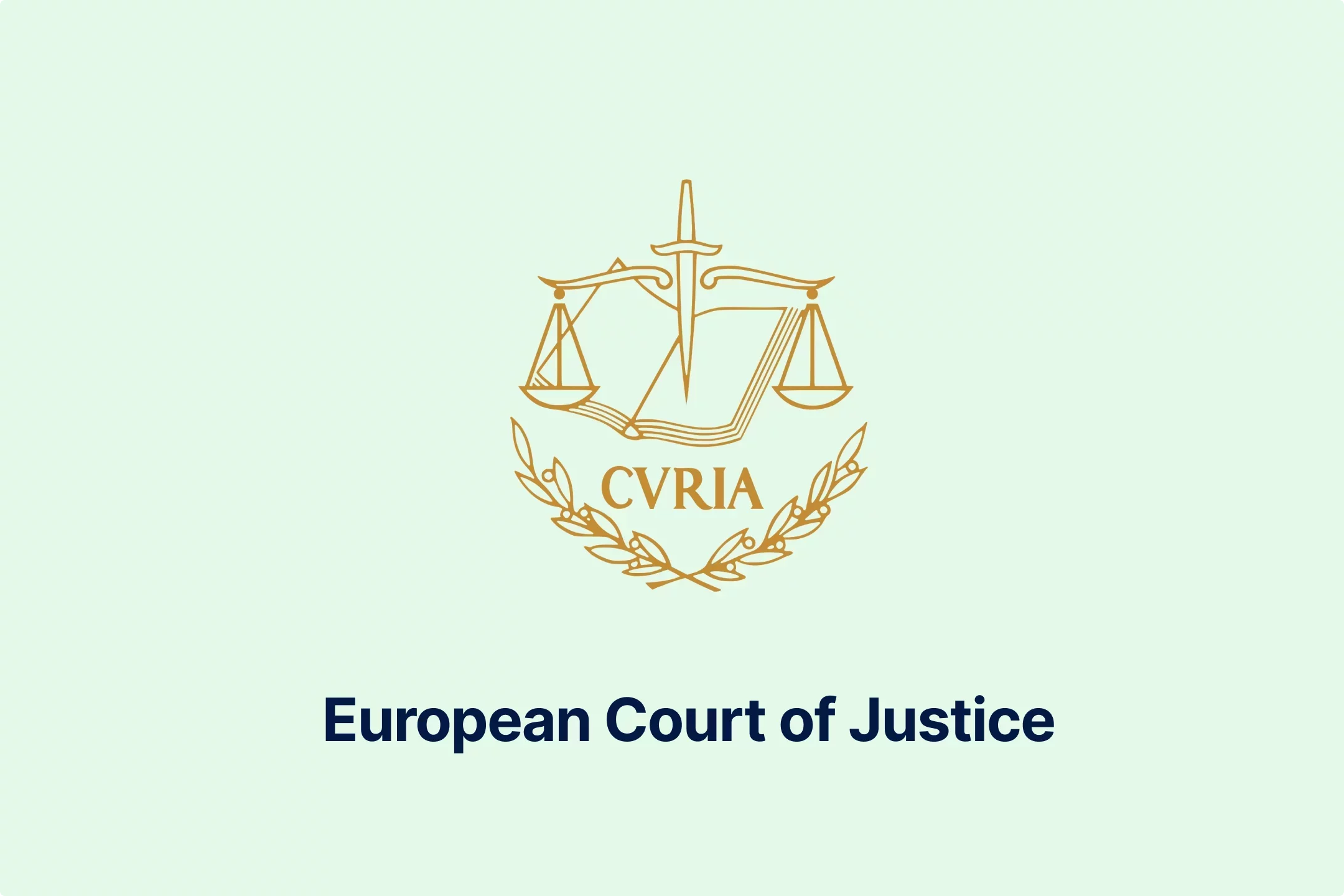
-69rzooghib.webp)
-wrvng98m0g.webp)

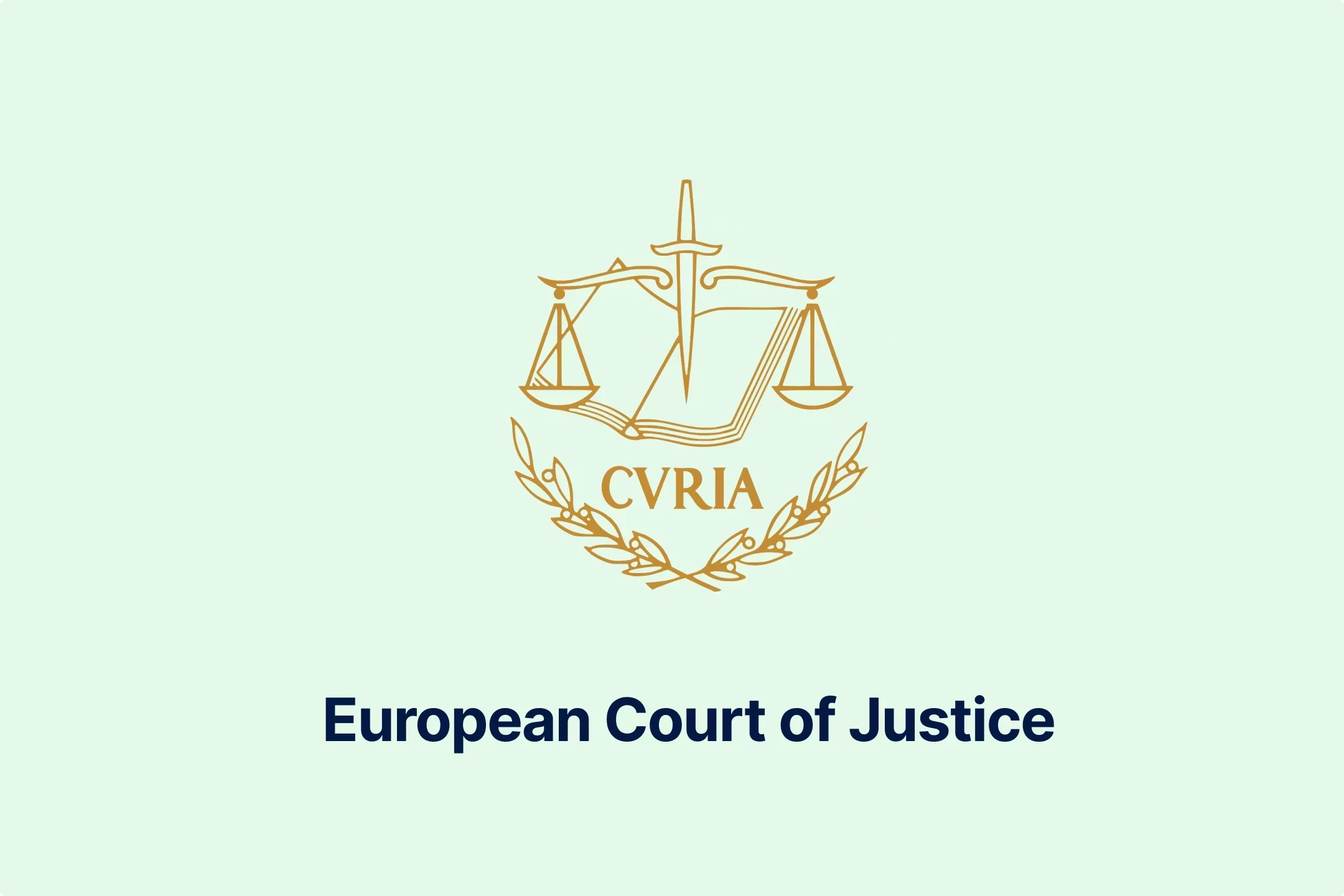
-psucycuxh2.webp)
-klyo8bn5lc.webp)




-6wv5h5eyyd.webp)
-tfgg78rbid.webp)
-a6jpv9ny8v.webp)
-qhdbapy0qr.webp)
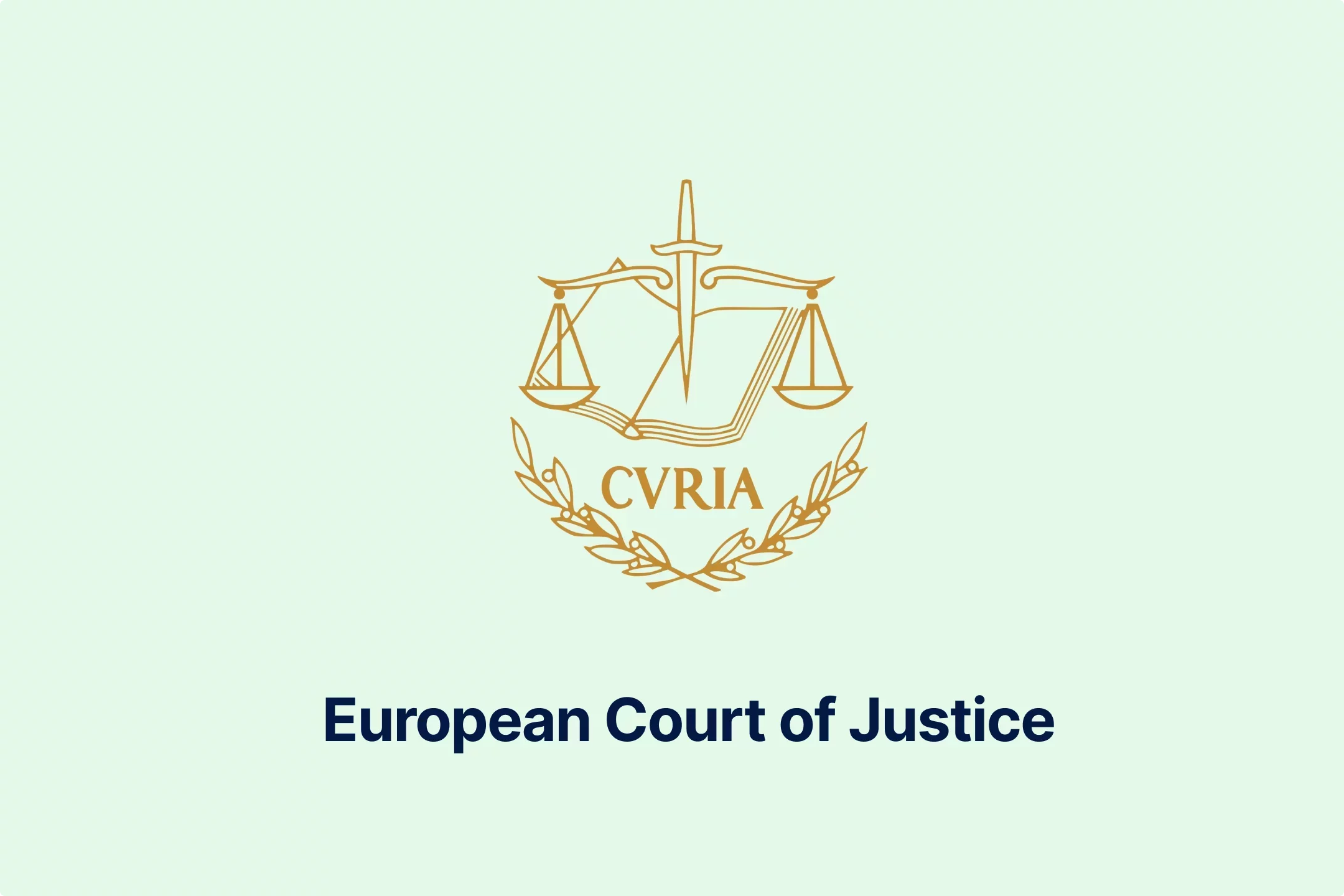
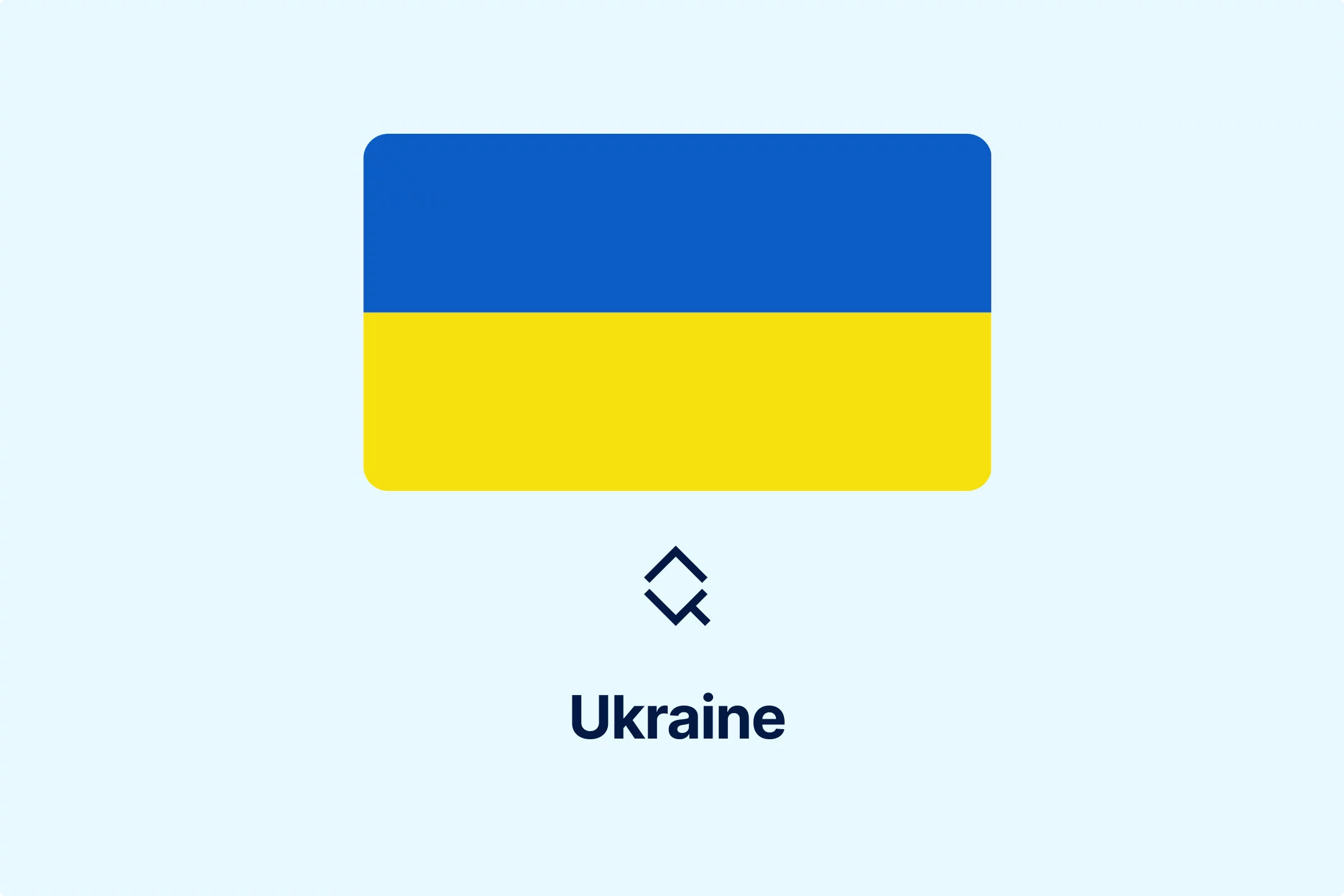
-owvu7zoc13.webp)
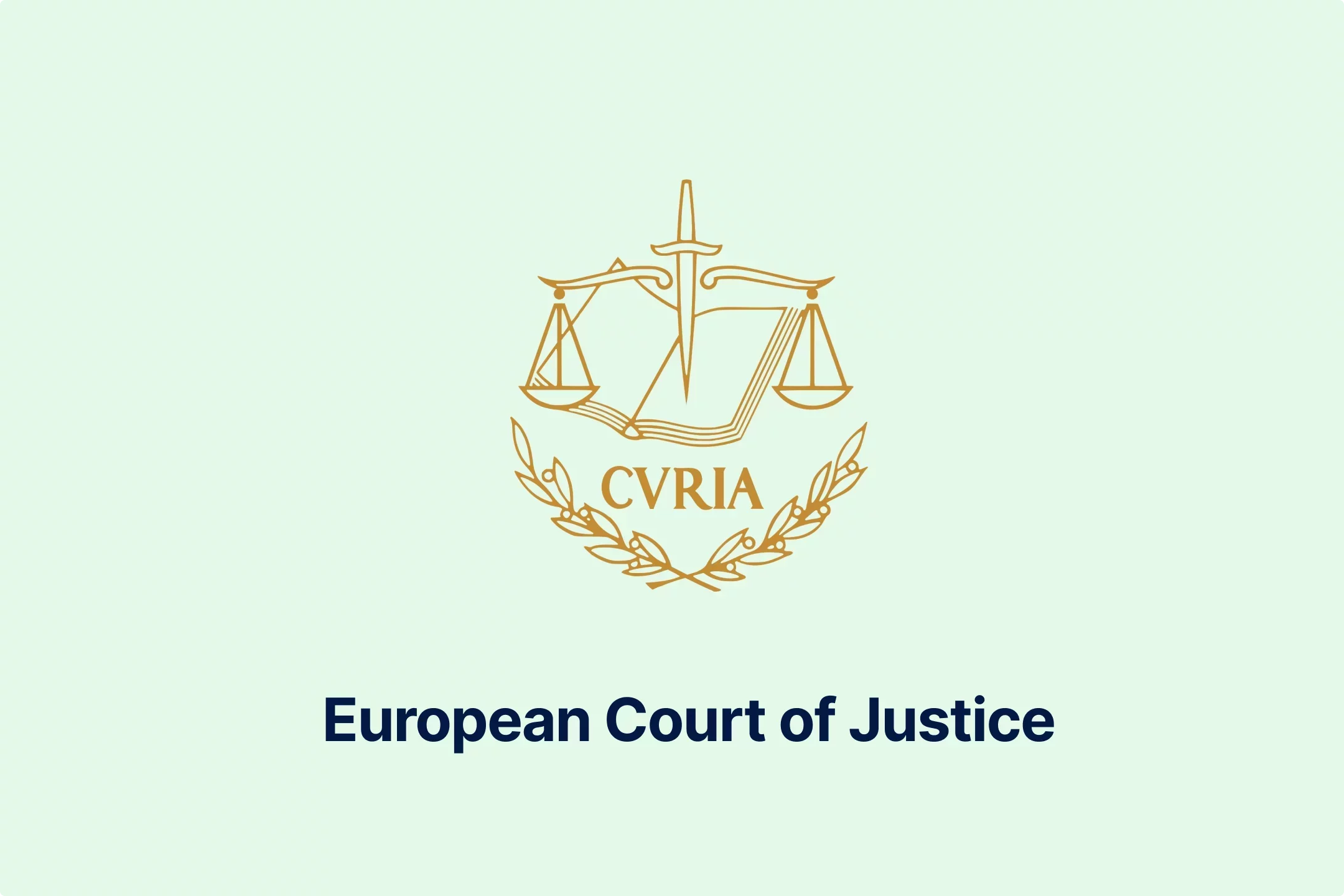

-h28jrh1ukm.webp)
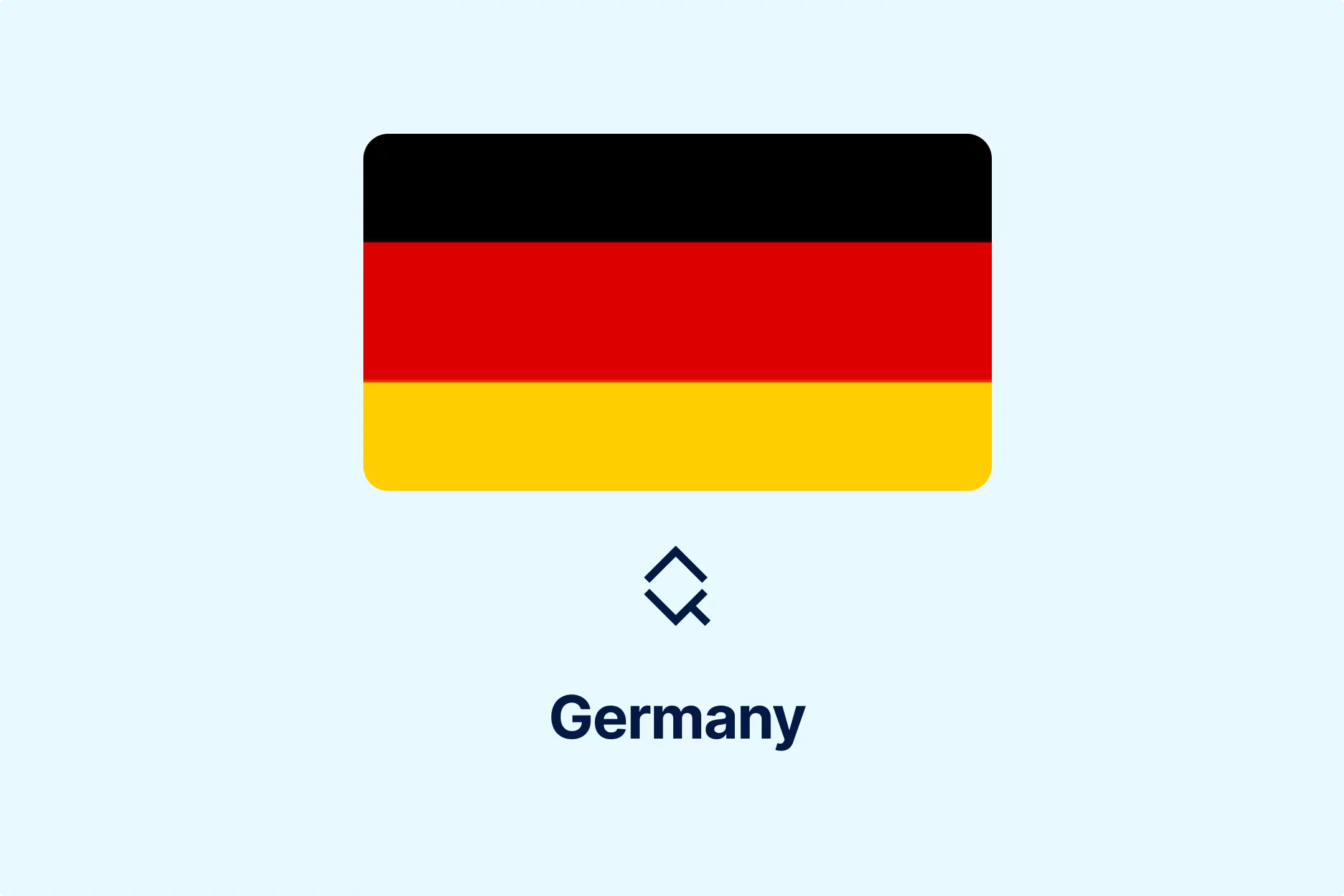
-wl9bl1rw3a.webp)

-2w76jtvtuk.webp)
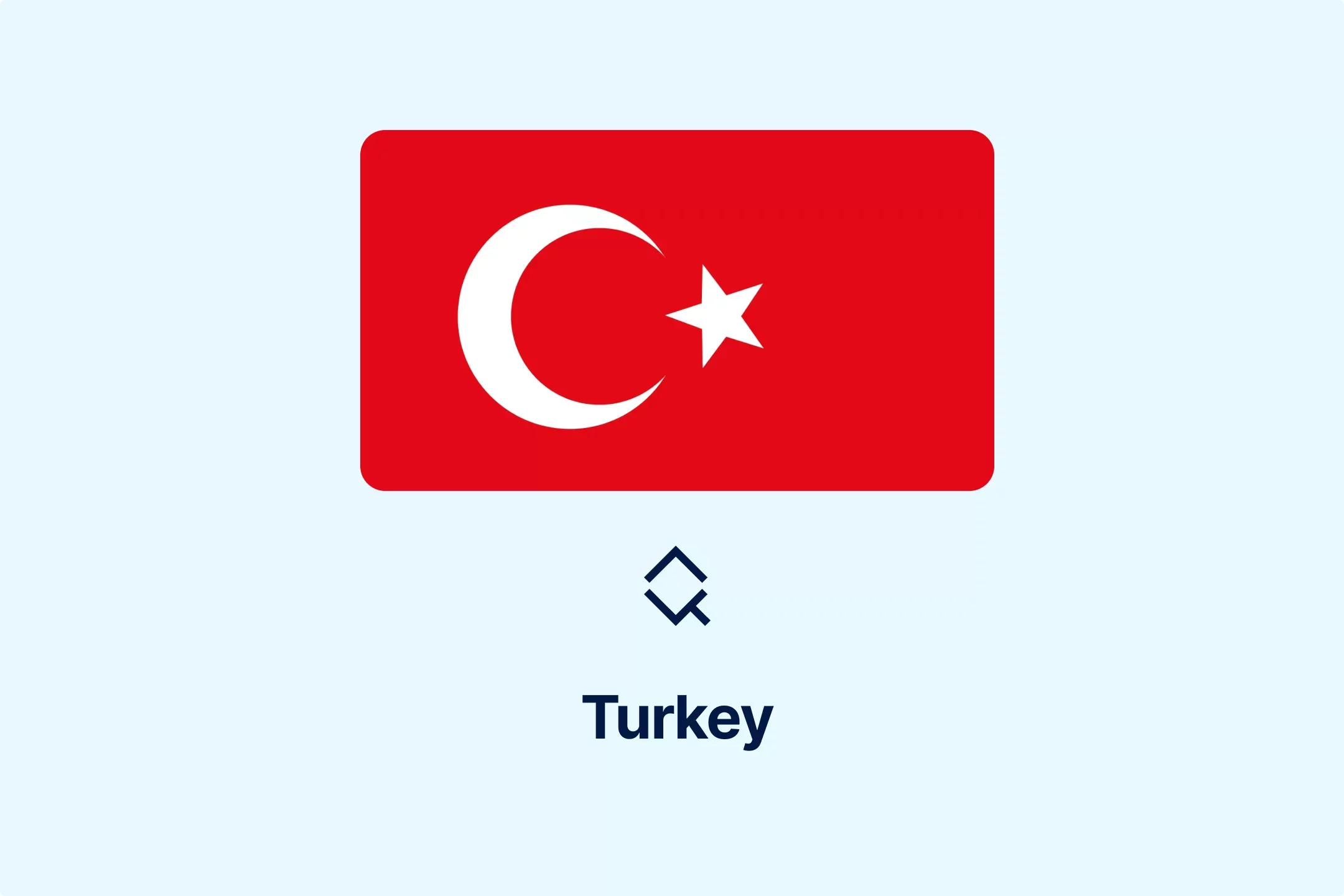
-c0uvrmrq9j.webp)
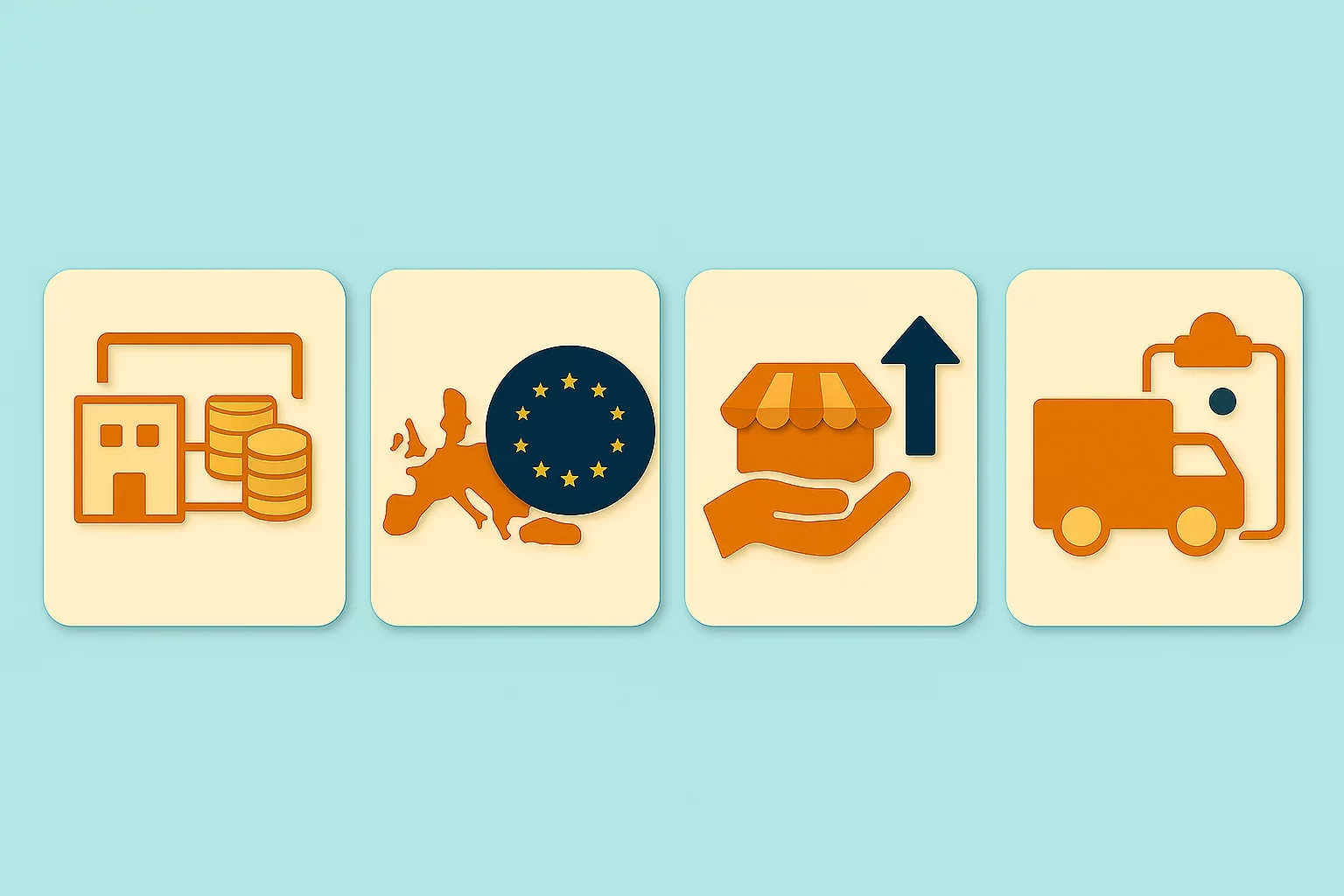


-pofe7ucwz3.webp)
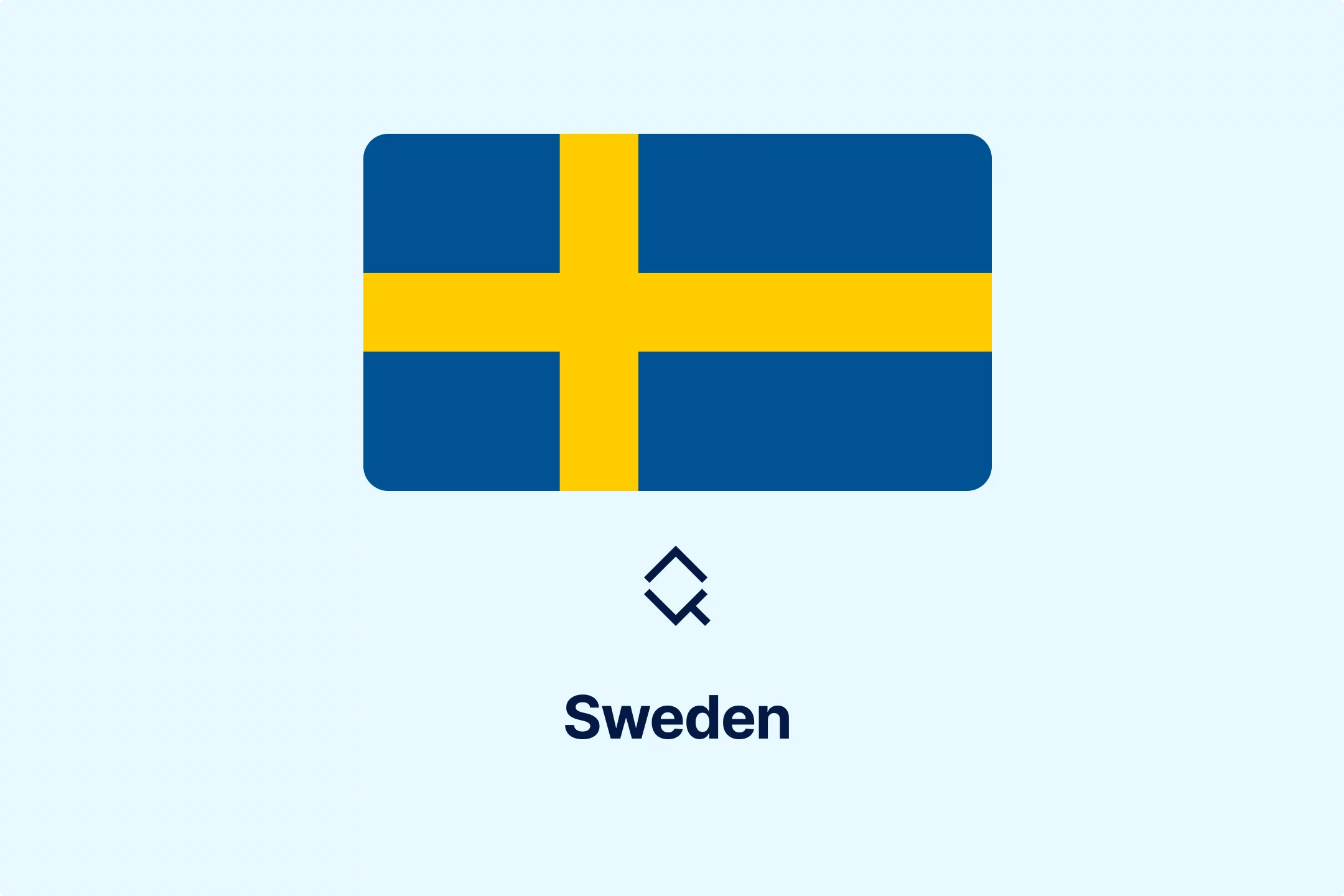
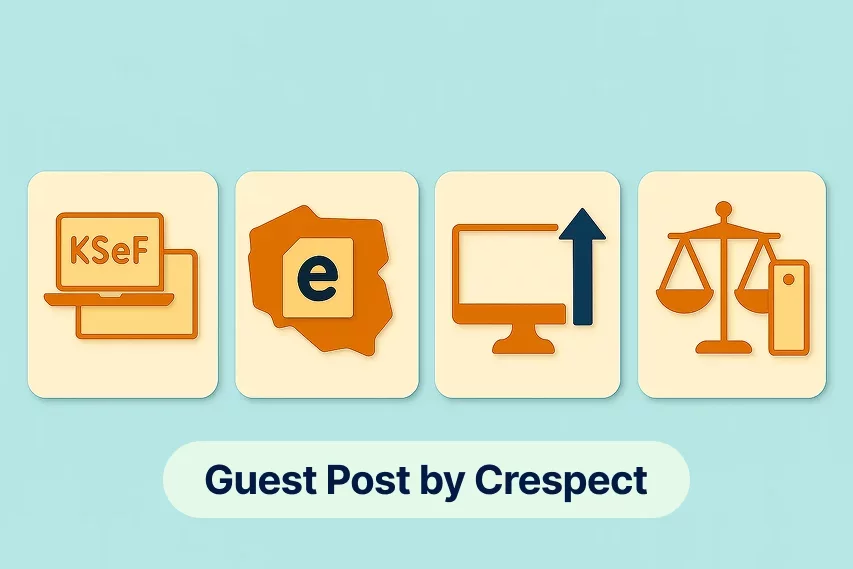
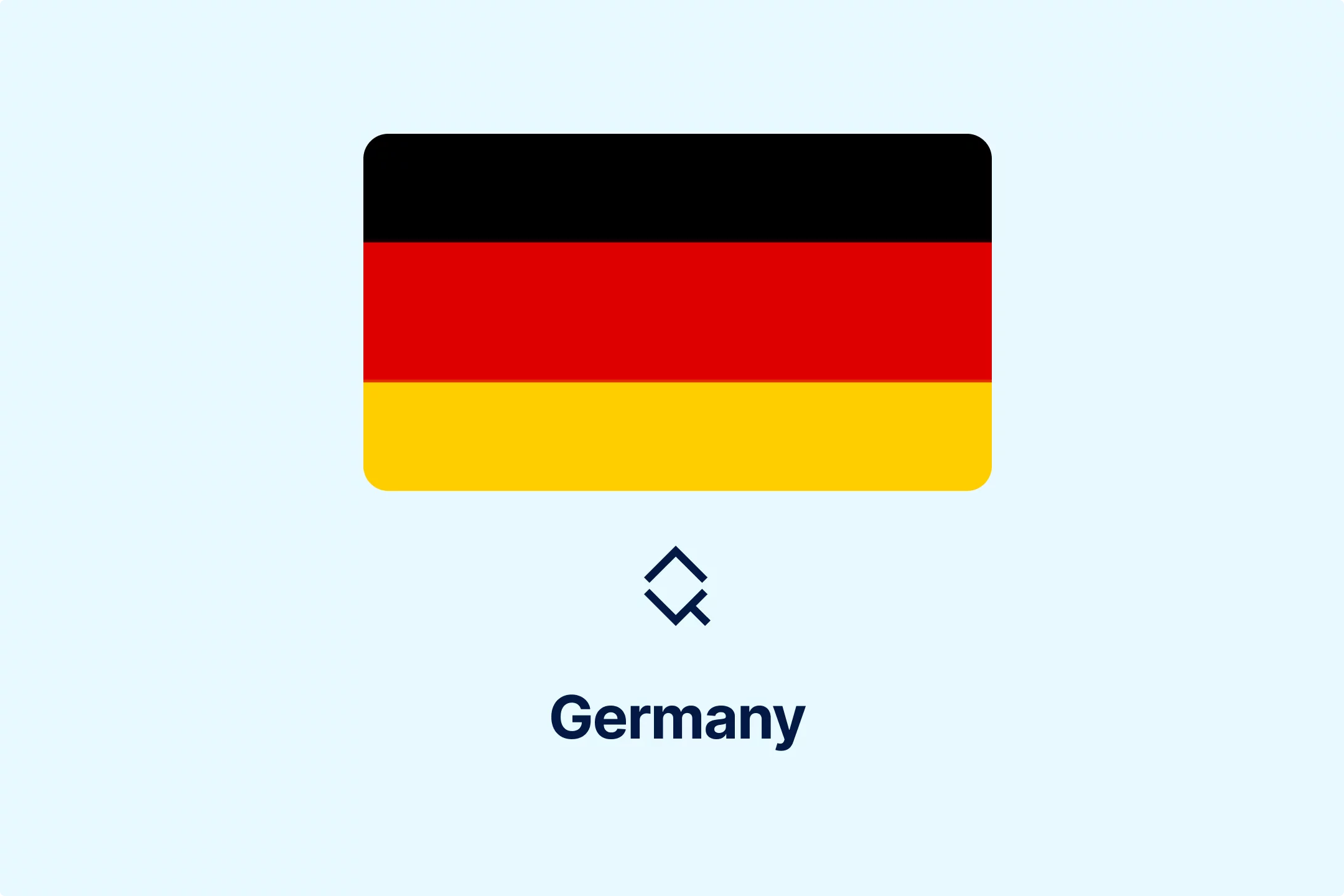
-5cc23ezxyf.webp)
-rrmabbekeb.webp)


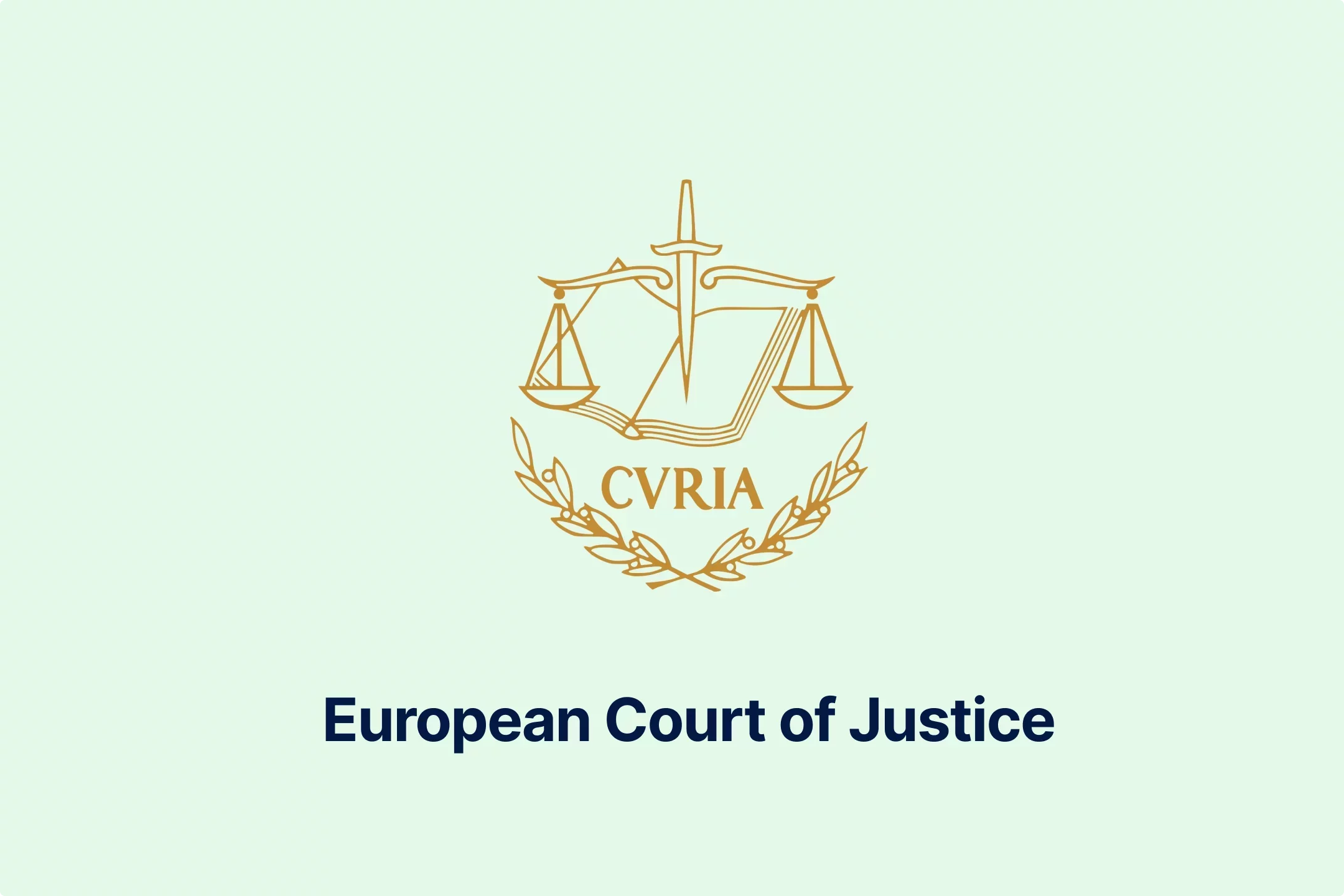

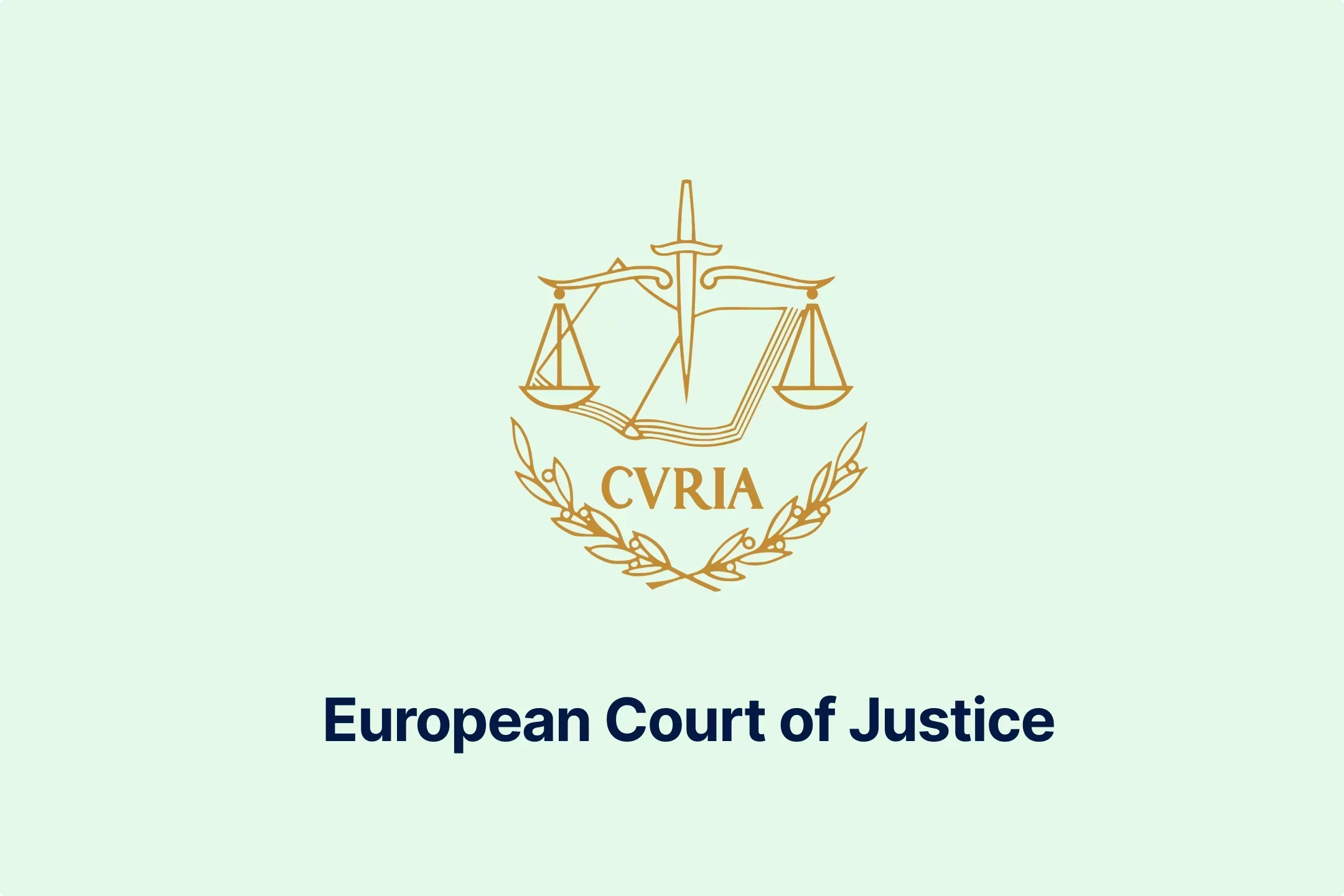


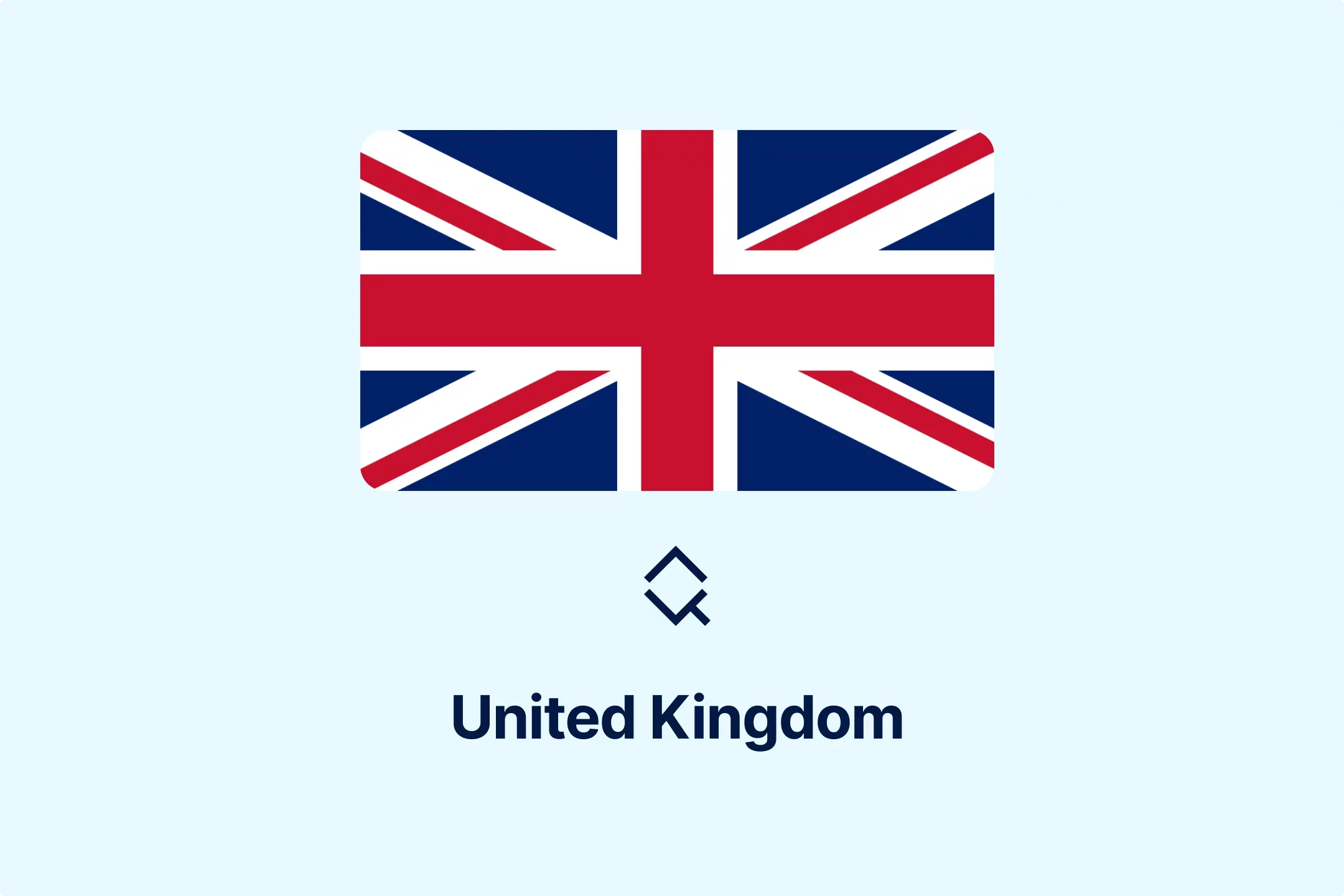
-iyyeiabtaf.webp)
-c8rbjkcs01.webp)
-nilkffjhah.webp)
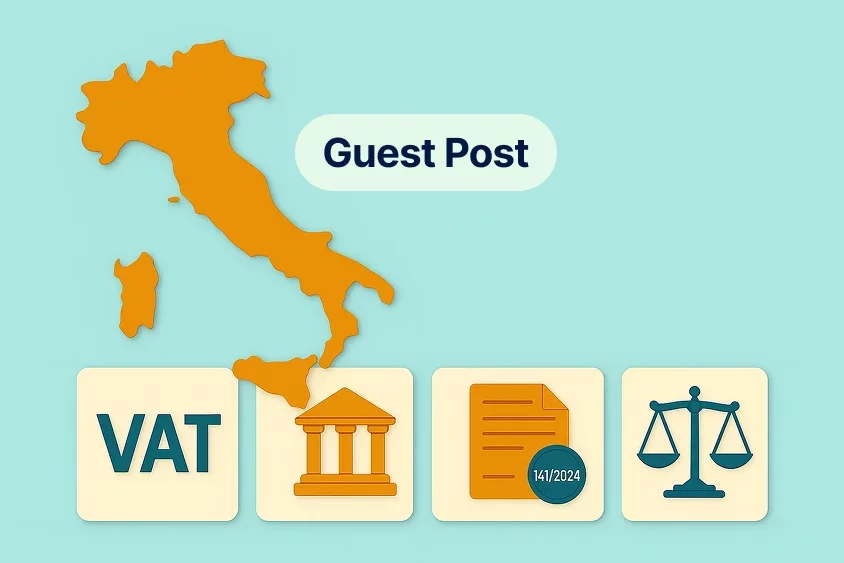
-hikakq55ae.webp)
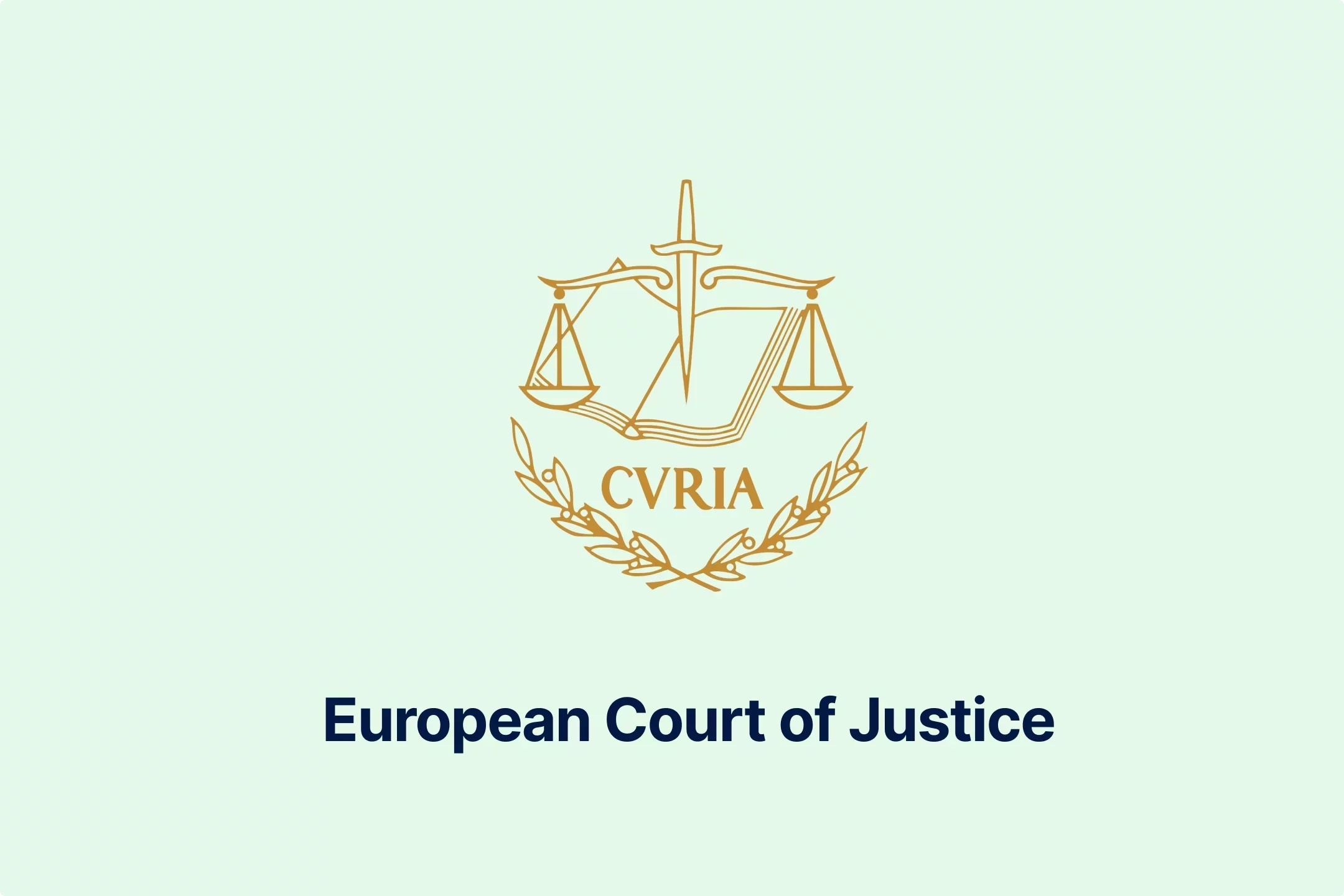
-z1d60bldtg.webp)
-d1a0q6n7mp.webp)
-viip8nvoeh.webp)
-bvv1otliox.webp)

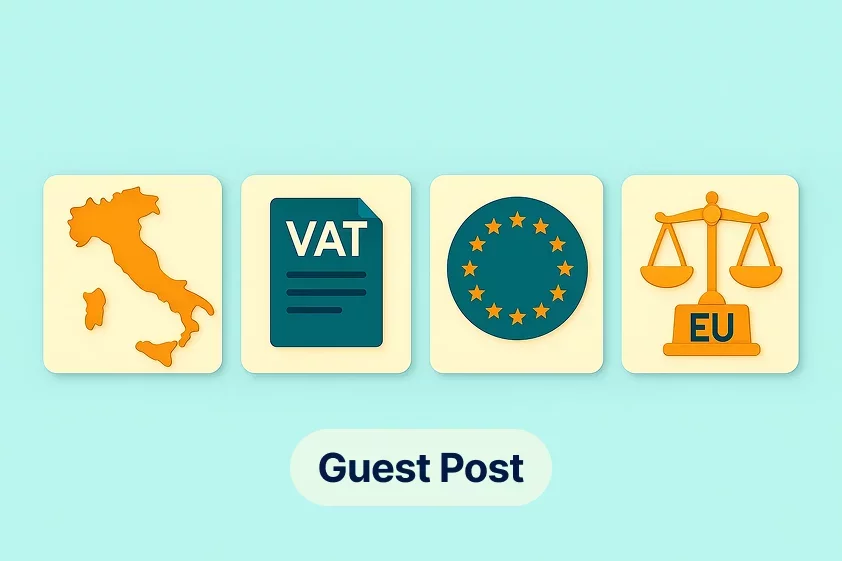
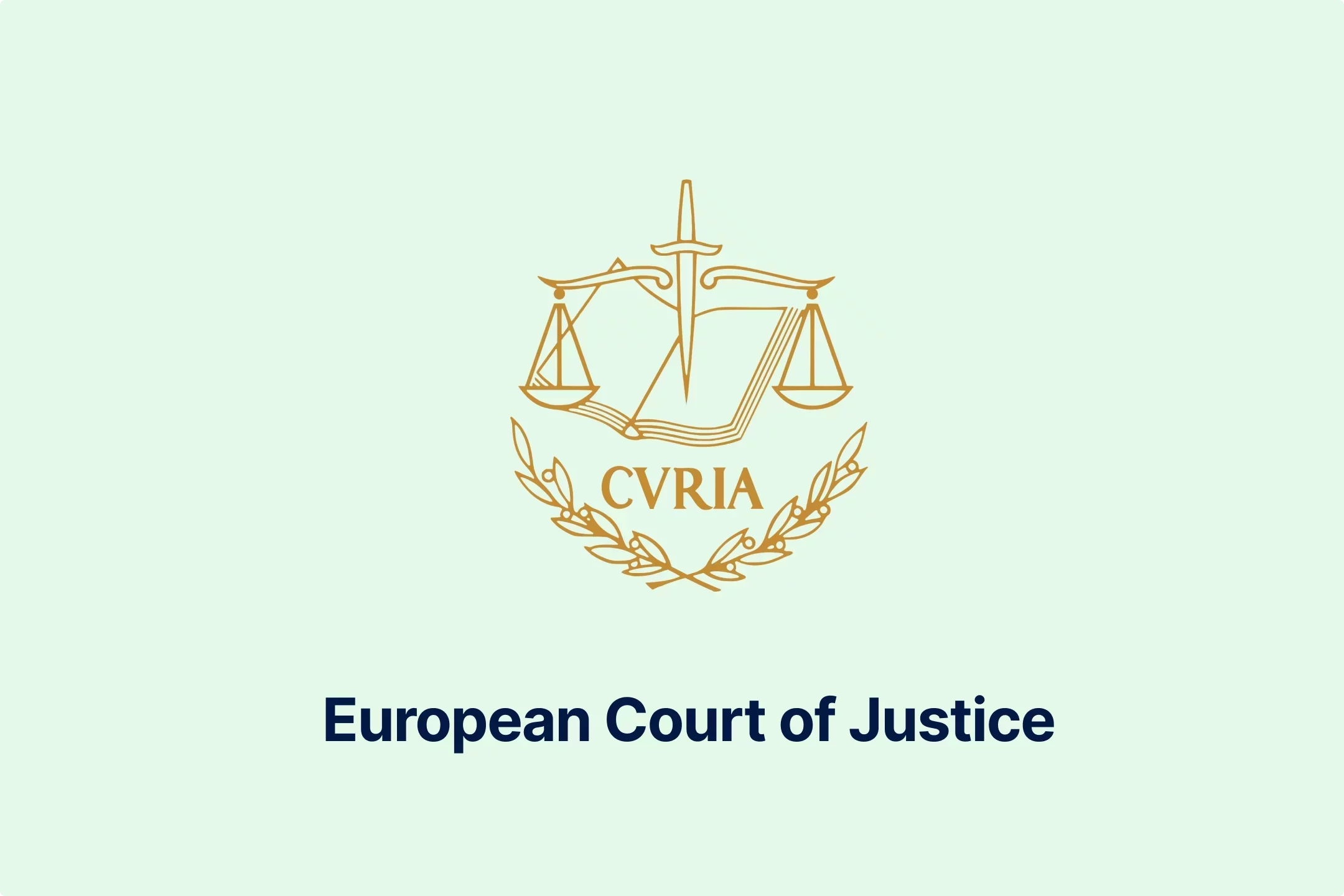
-de8hdb1bn3.webp)
-7xsxxoypnx.webp)
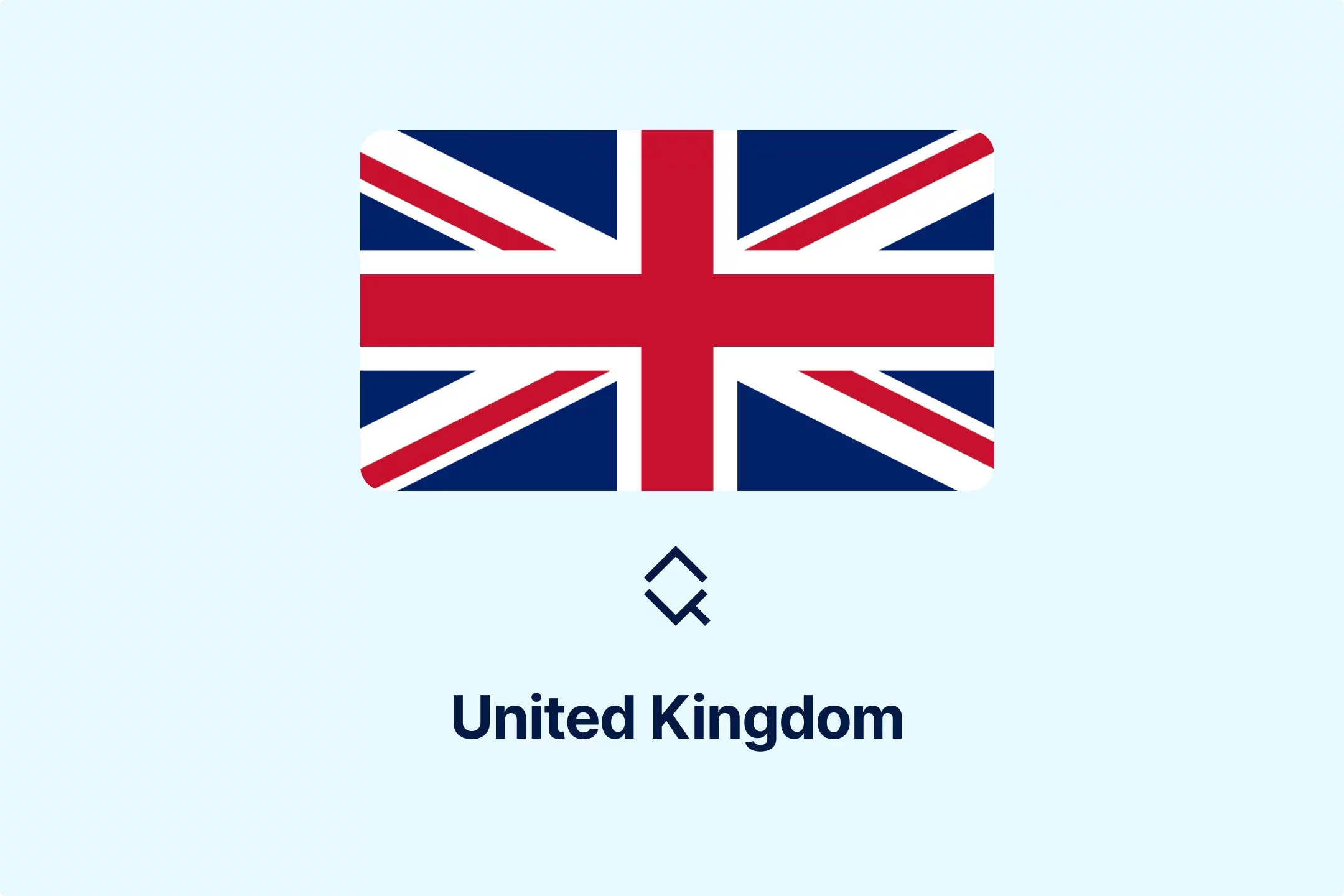
-cm0opezg73.webp)
-0tovsdupmi.webp)
-subxdamdj6.webp)
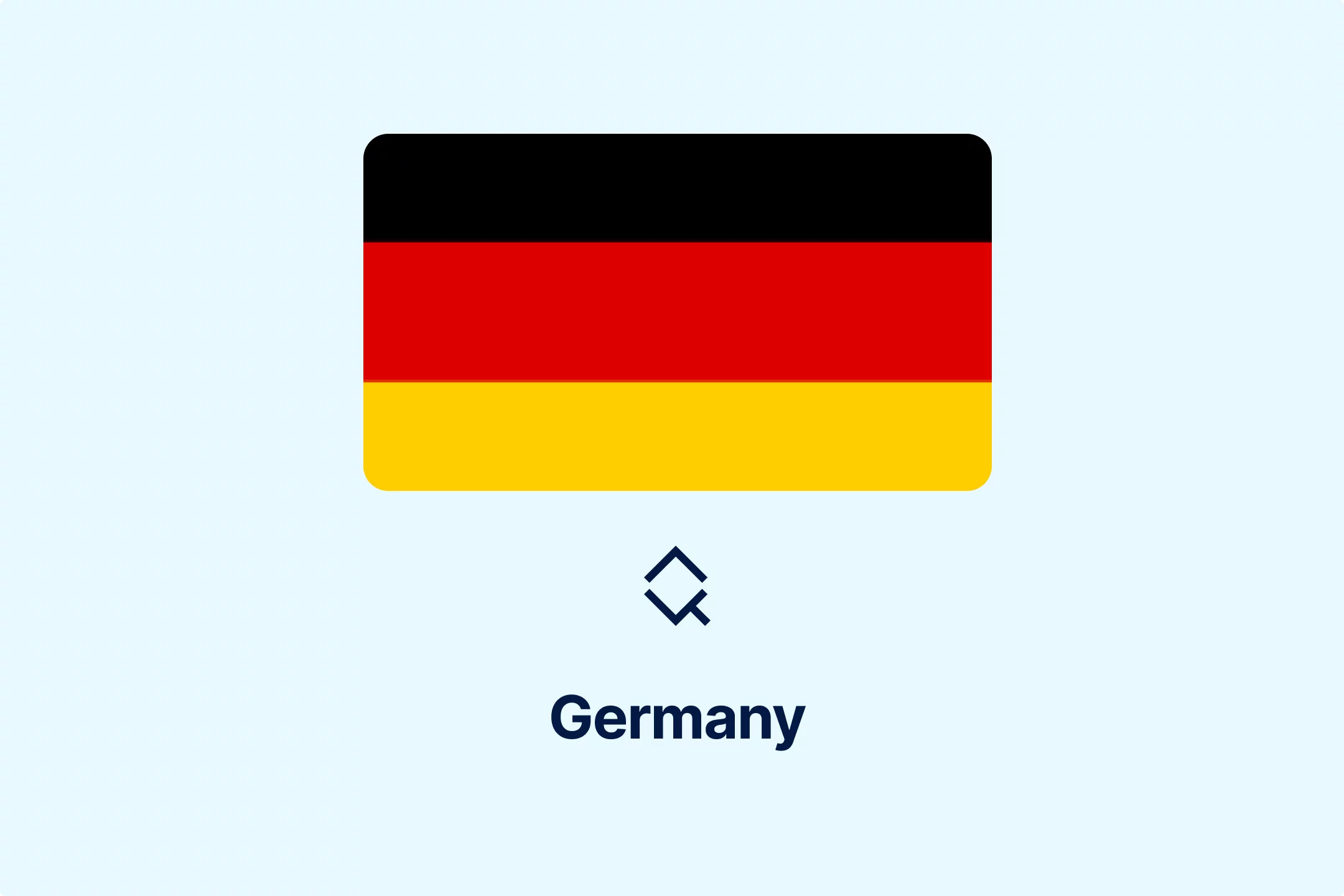
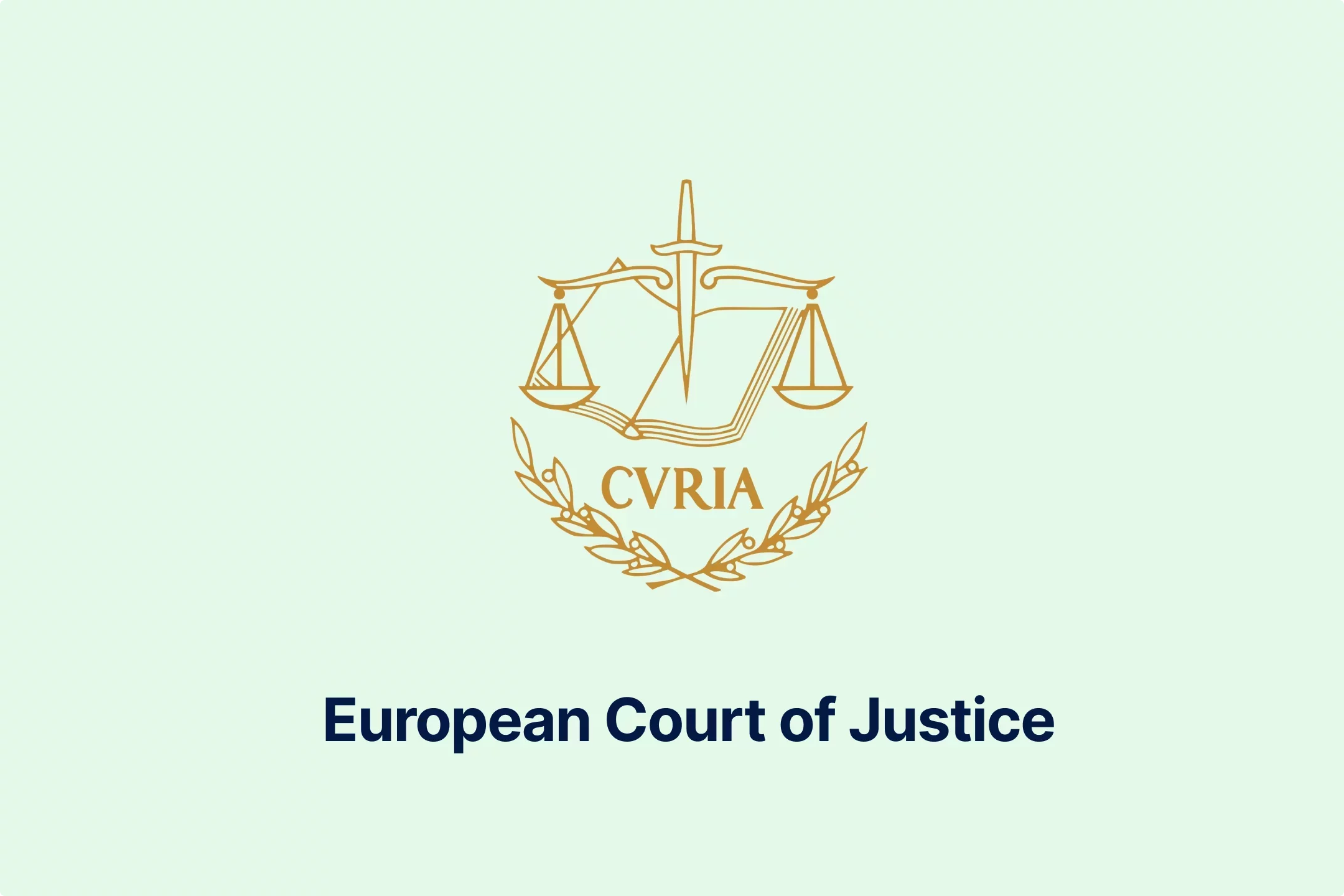
-gly6ablwnh.webp)
-gkduqhwbzh.webp)
-qpe1ld9vcj.webp)
-8noukwsmba.webp)
-aka29tuhkt.webp)


-fisvs27yrp.webp)


-mp0jakanyb.webp)

-aivzsuryuq.webp)



-o7f4ogsy06.webp)

-zjja92wdje.webp)
-hrbhdts8ry.webp)
-qtdkwpgkug.webp)


-cf8ccgah0p.webp)
-0em3cif5s6.webp)





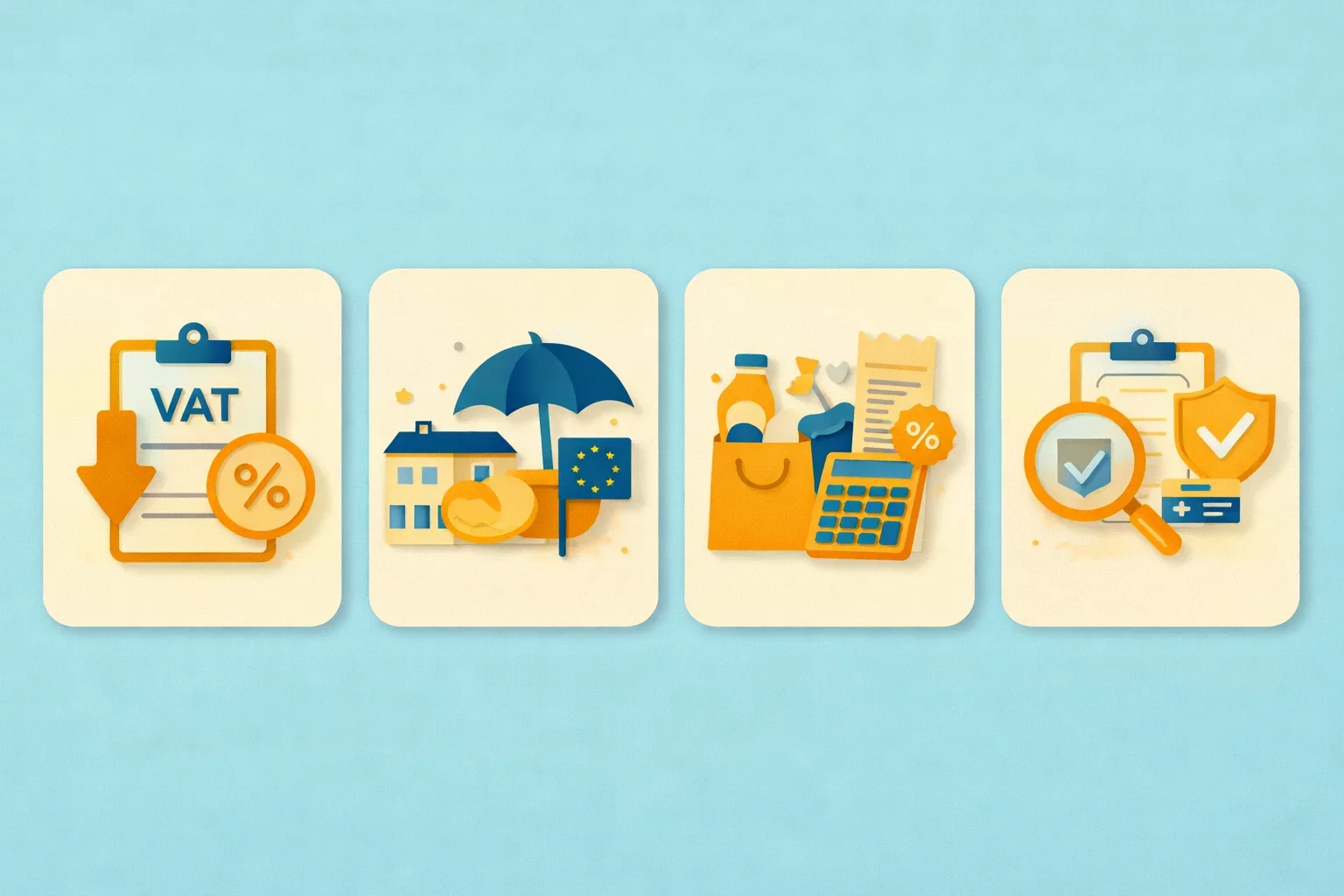
-ptzesl0kij.webp)

-tfzv42pyms.webp)
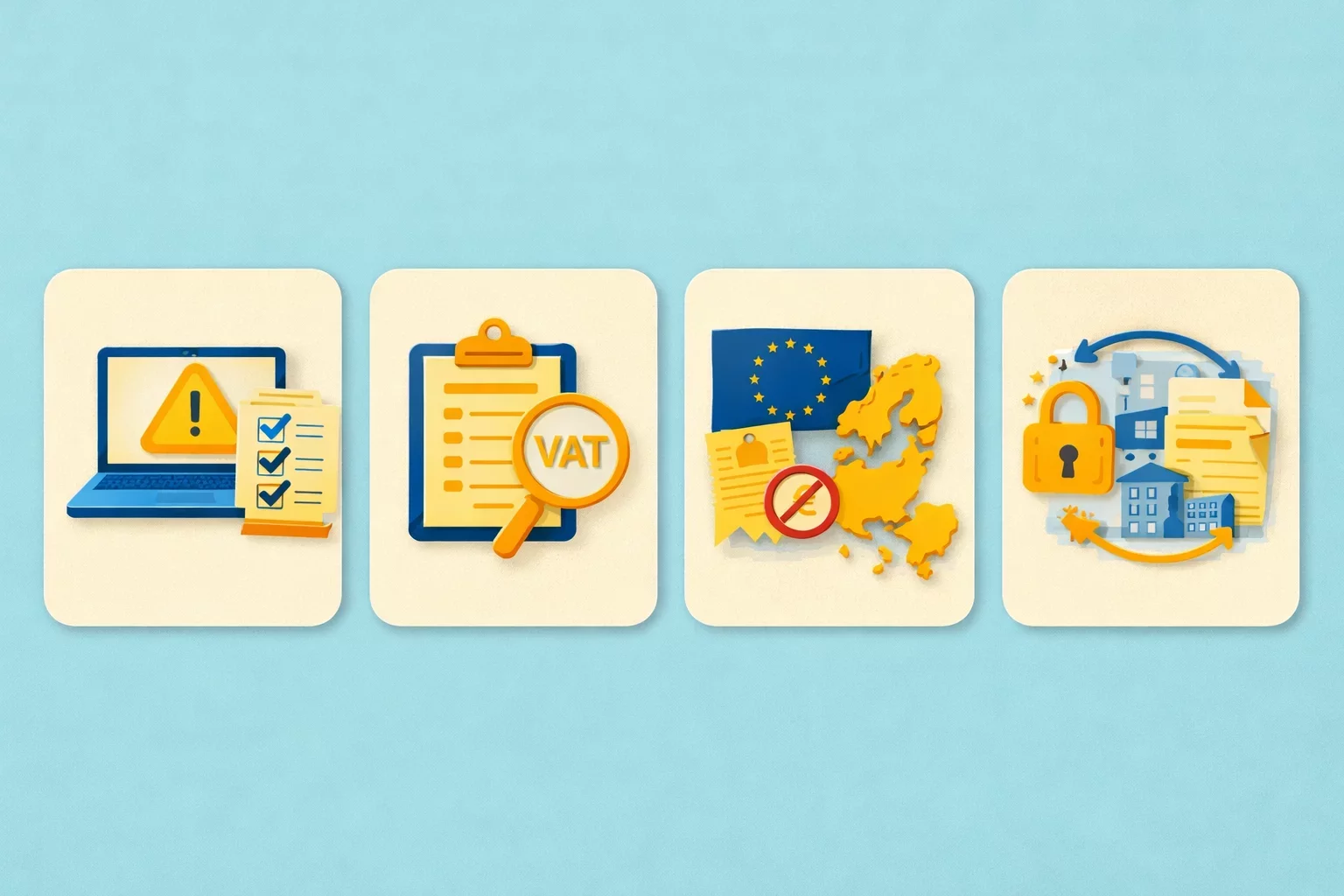






-uodv7sfbih.webp)
-bbrdfmm9qf.webp)



-m2tl8crfqr.webp)




-1awbqjgpjs.webp)
-avbjsn1k1g.webp)


-0h8ohkx6s0.webp)


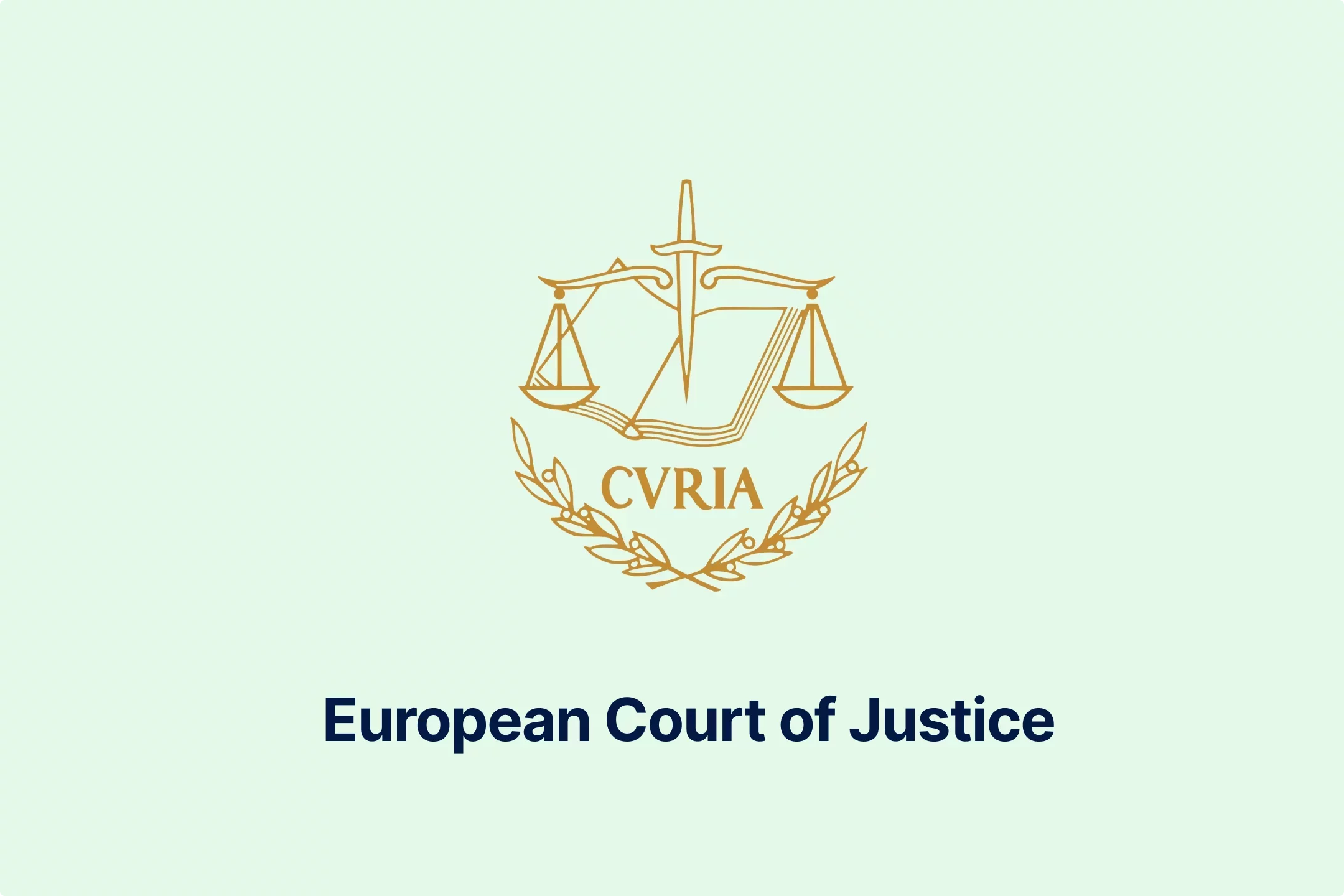
-wfmqhtc7i6.webp)
-7wljbof2zo.webp)

-eqt97uyekl.webp)
-wzw9mcf563.webp)

-z4oxr6i0zd.webp)




-l0zcrrzvhb.webp)
-fhtic1pwml.webp)

-iipdguuz9p.webp)
-nkhhwrnggm.webp)
-pltqwerr3w.webp)

-nn6mtfbneq.webp)

-tmnklelfku.webp)



-8z1msbdibu.webp)
-7g16lgggrv.webp)



-lxcwgtzitc.webp)
-9mc55kqwtx.webp)


-xla7j3cxwz.webp)
-jrdryw2eil.webp)






-t9qr49xs2u.webp)


-qjopq5jplv.webp)



-vune1zdqex.webp)

-qsozqjwle2.webp)
-rgjta7iwiv.webp)

-zb6bxxws47.webp)
-lyfjzw4okp.webp)

-ogpfmol5m1.png)


-czisebympl.png)

-zetvivc79v.png)
-ud7ylvkade.png)
-qizq6w2v5z.png)







-ihr6b4mpo1.webp)
-k1j4au0ph6.webp)
-swxxcatugi.webp)


-ig9tutqopw.webp)

-tauoa6ziym.webp)

-spr0wydvvg.webp)
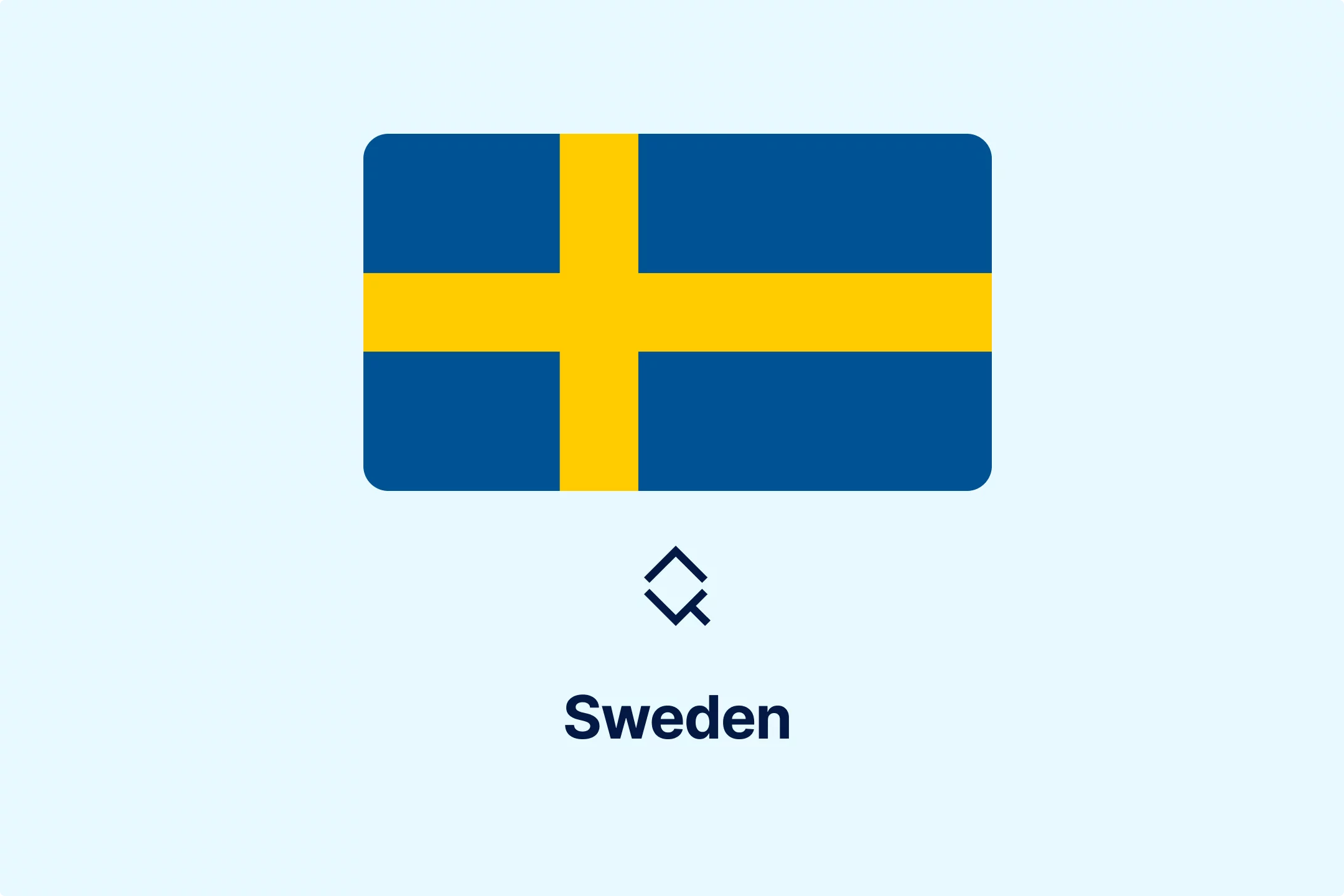
-xfuognajem.webp)





-u2nv5luoqc.webp)








-opuxpan2iu.webp)




-kwttsfd8ow.webp)
-8u14qi10nj.webp)

-wjpr96aq5g.webp)

.png)

.png)


.png)


.png)



.png)
.png)
.png)
.png)
.png)

.png)
.png)




.png)
.png)



































































































































